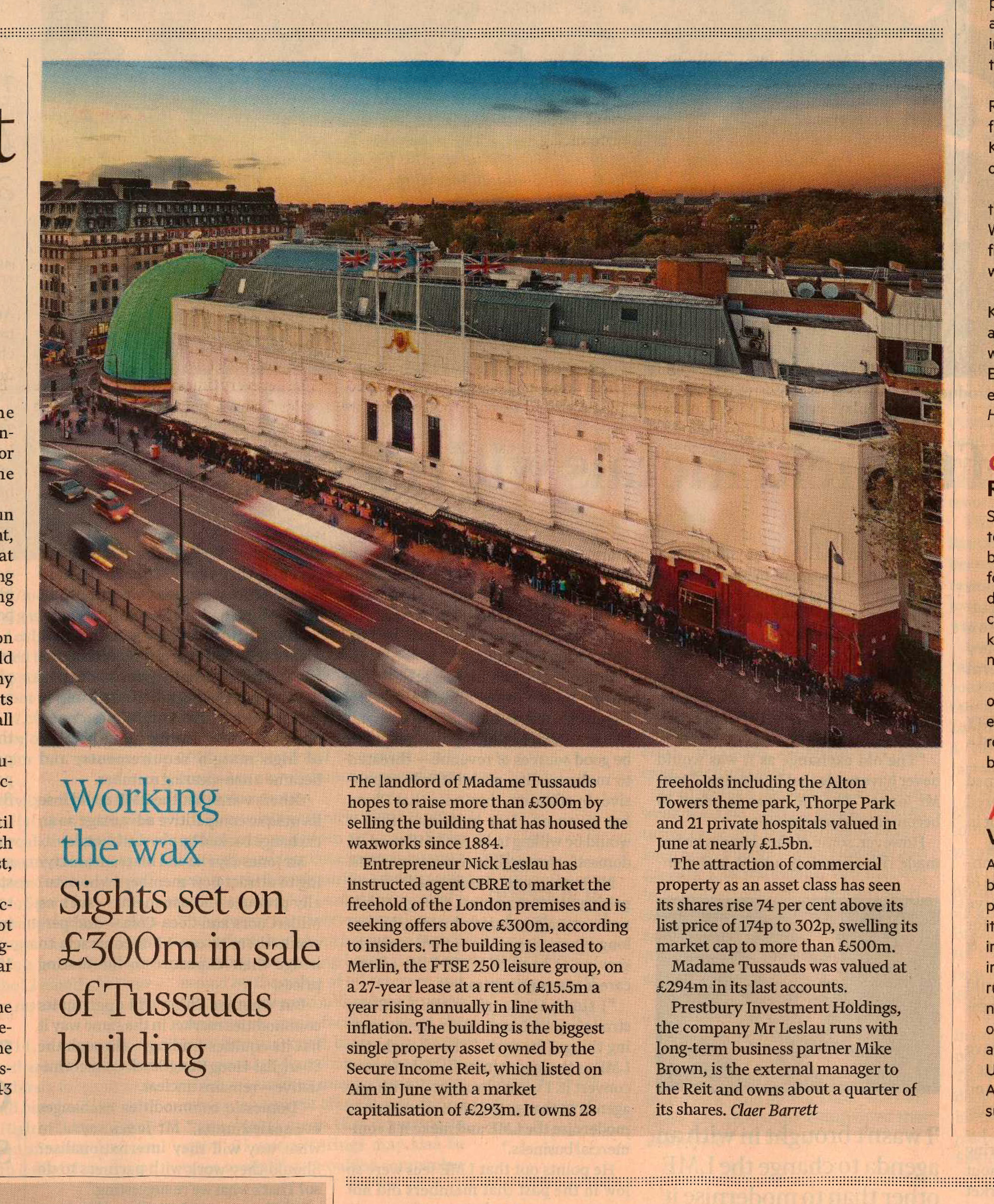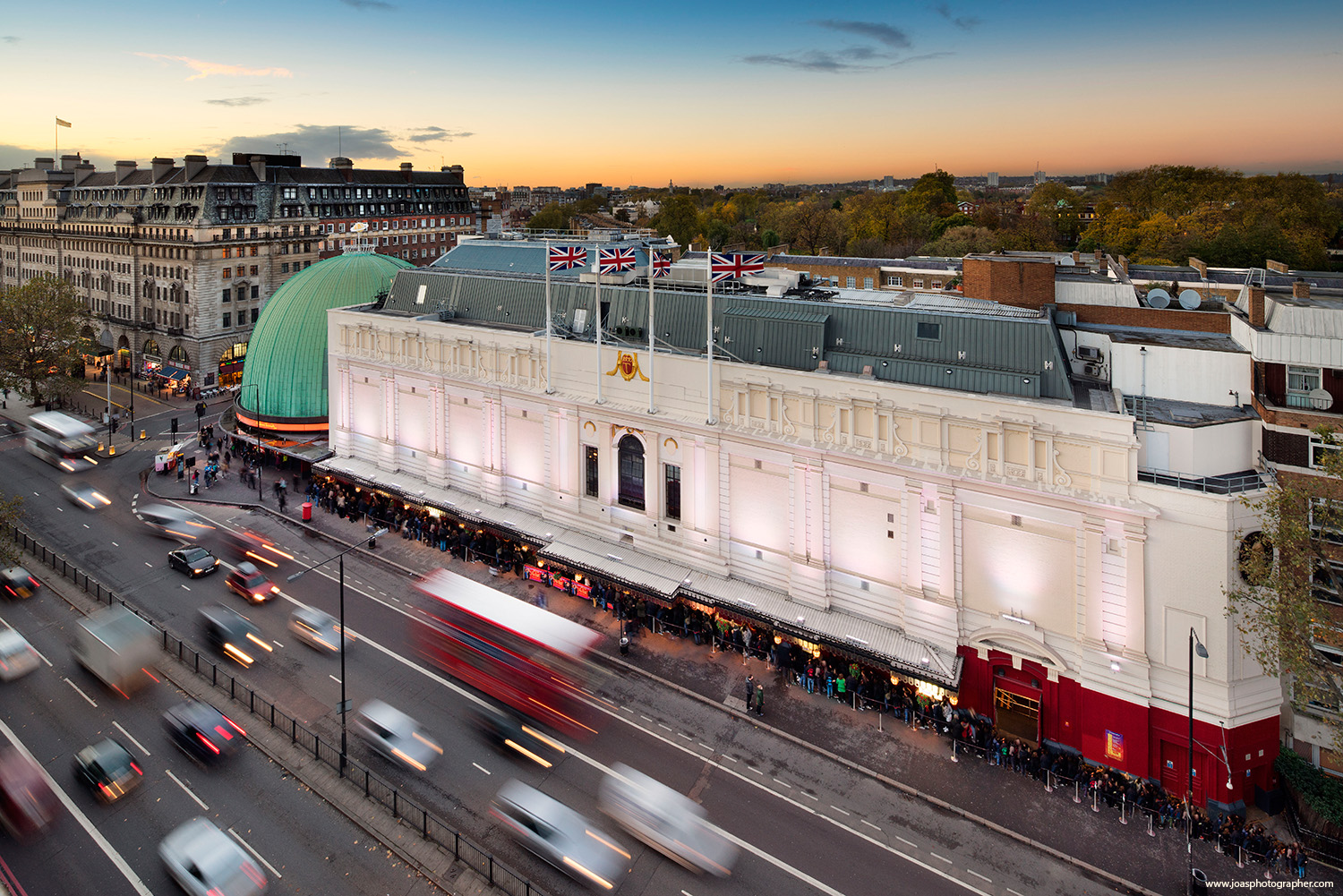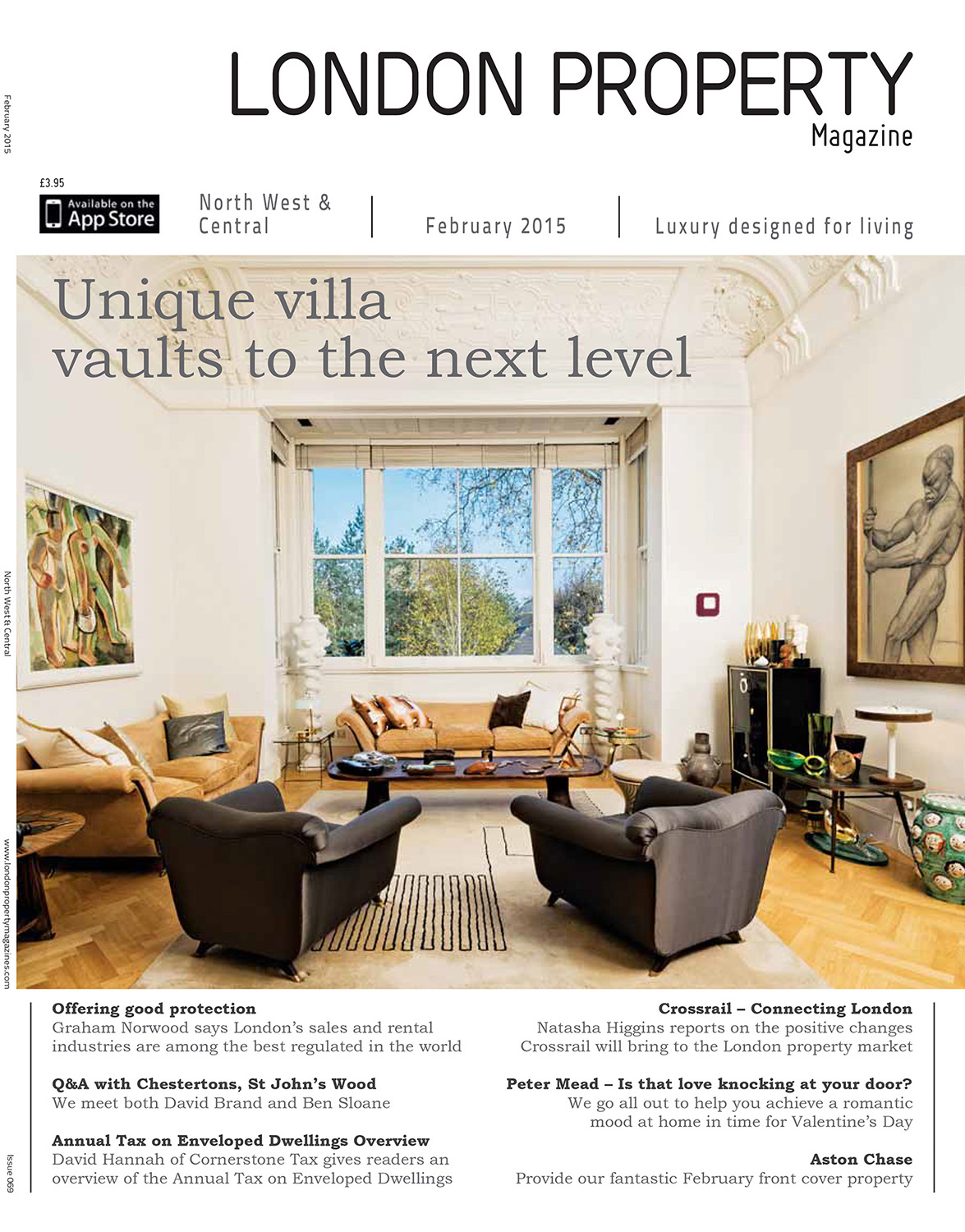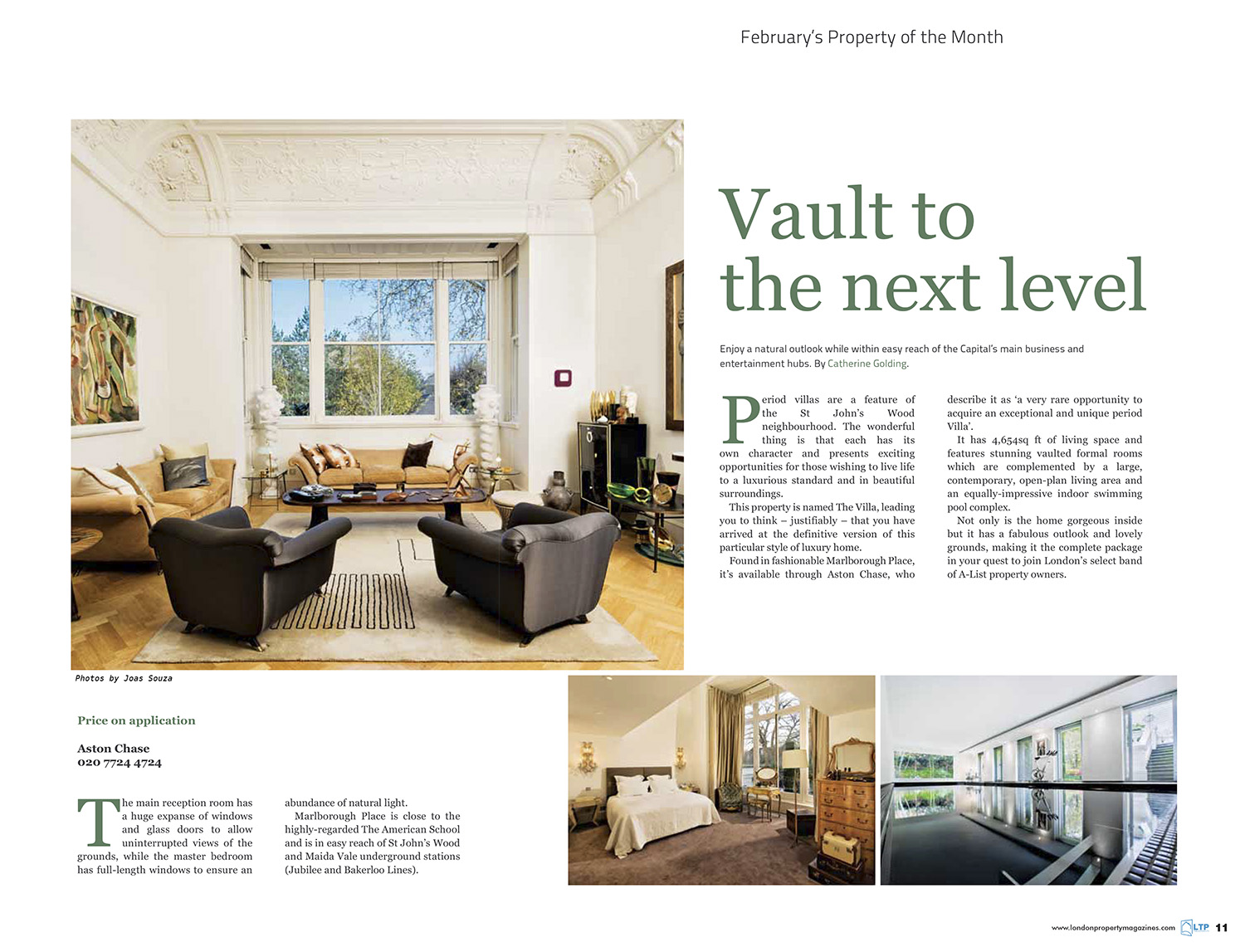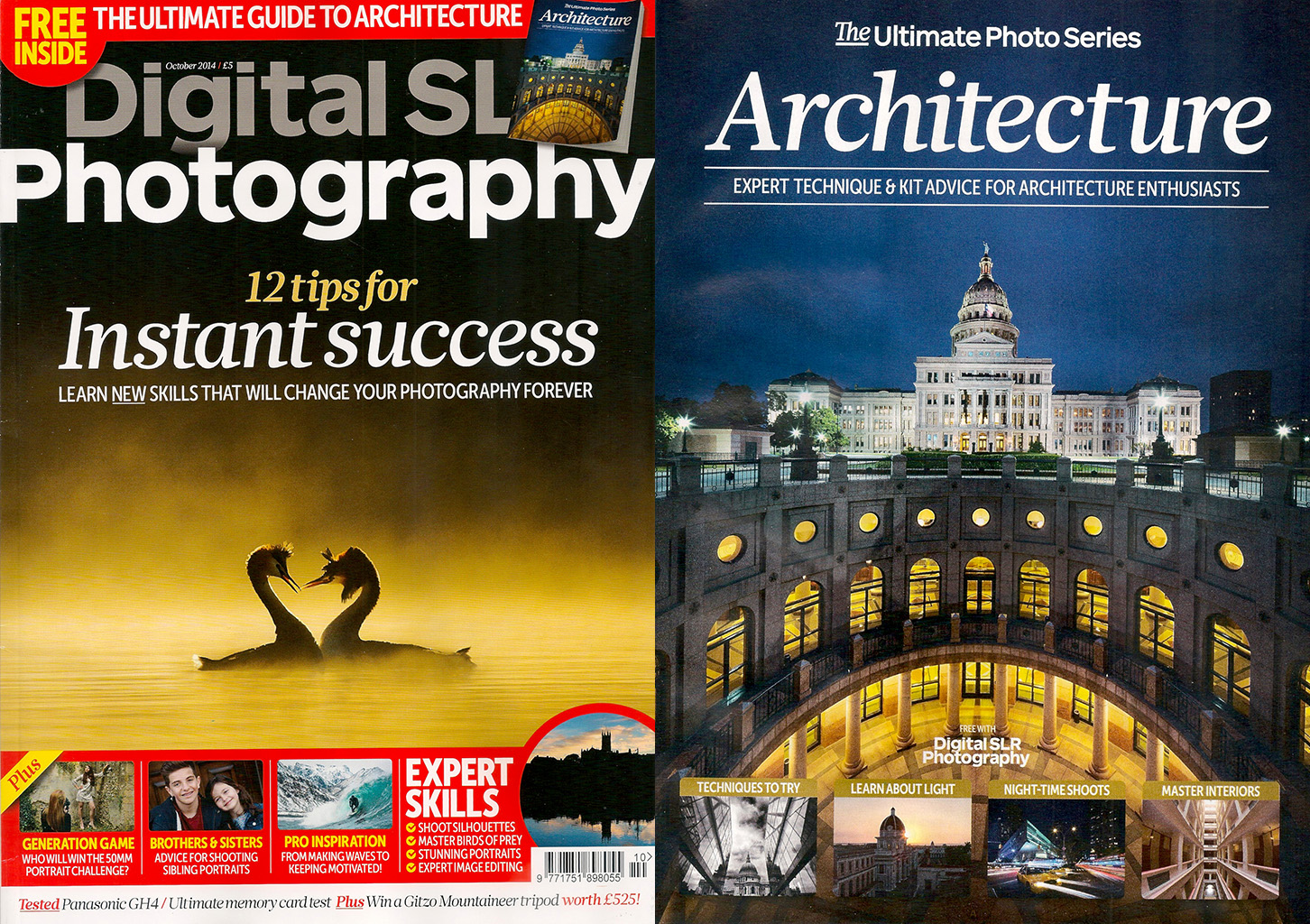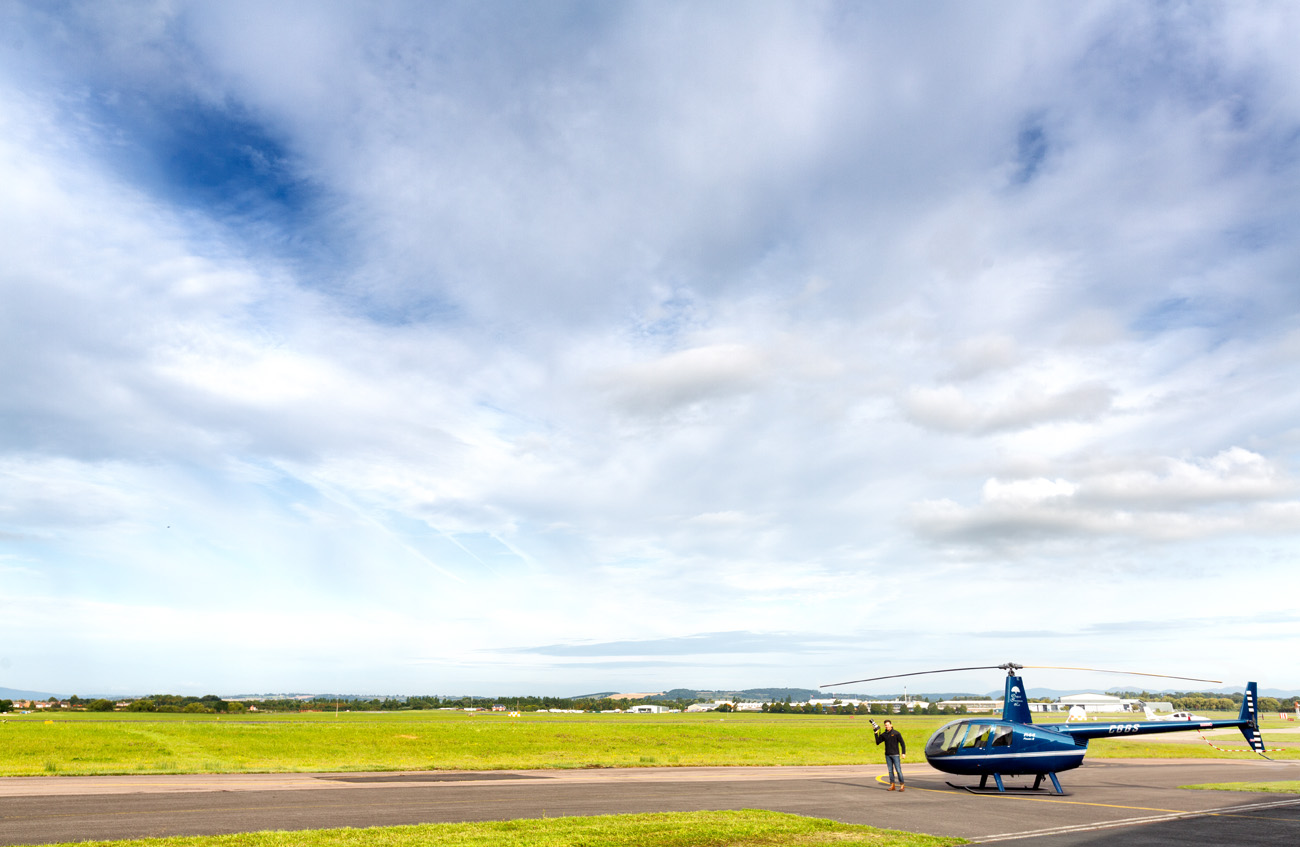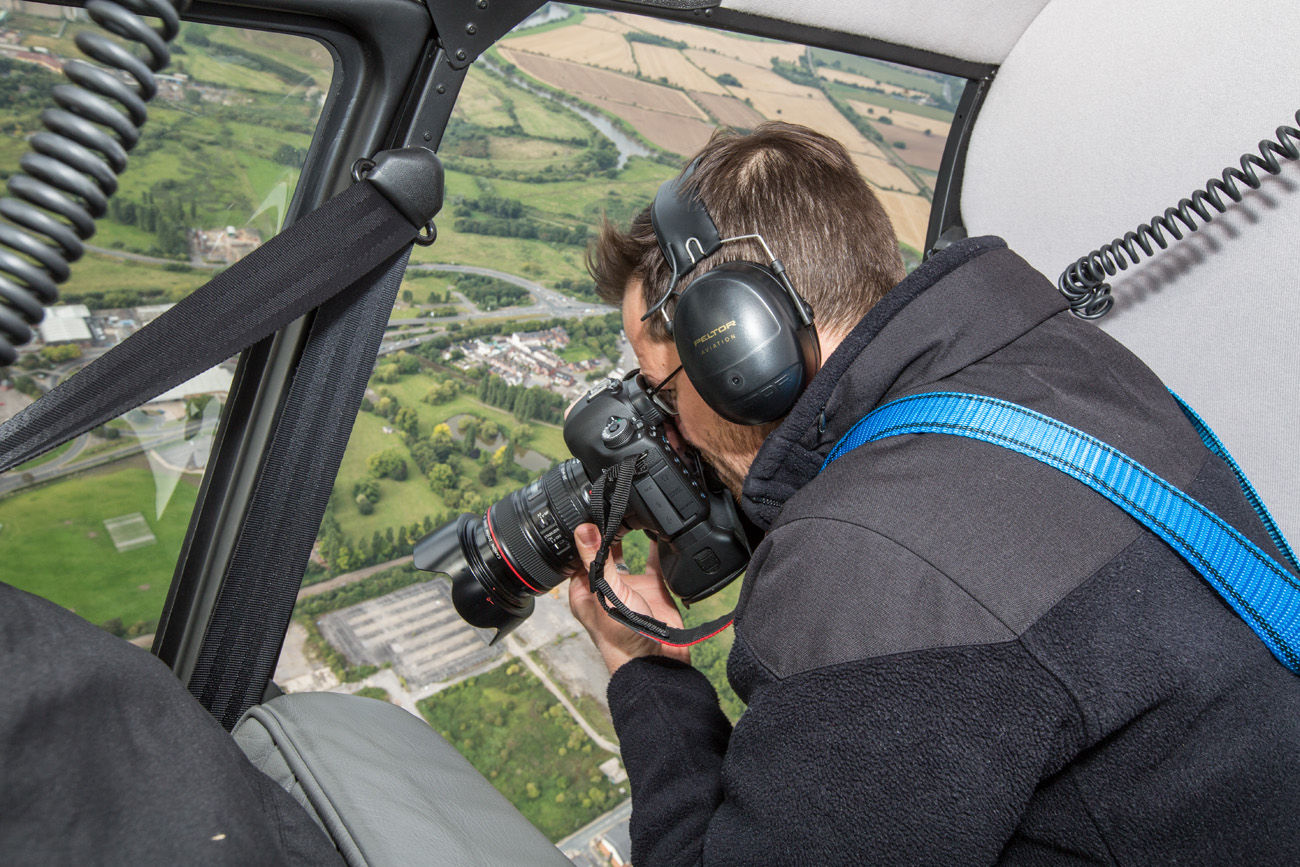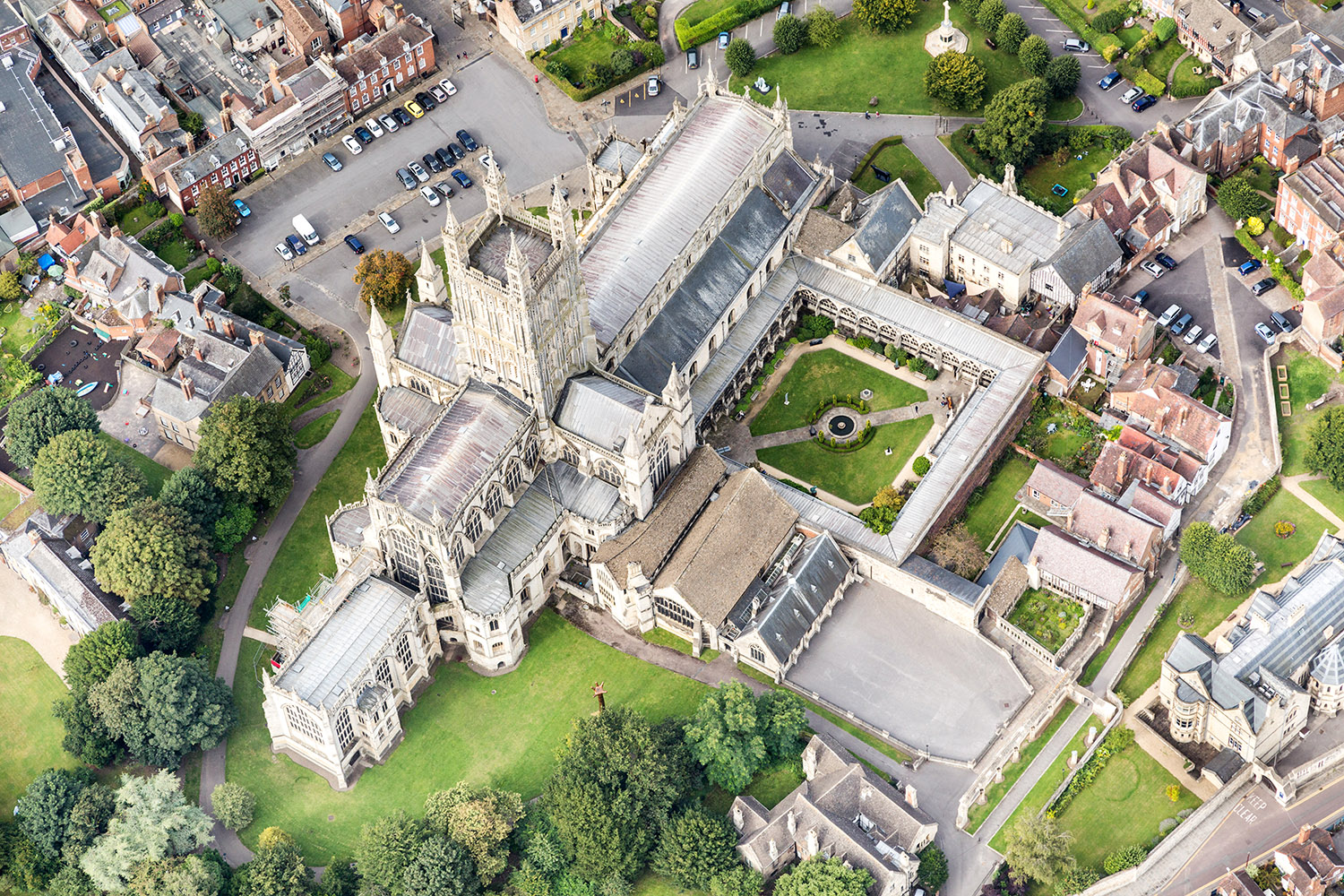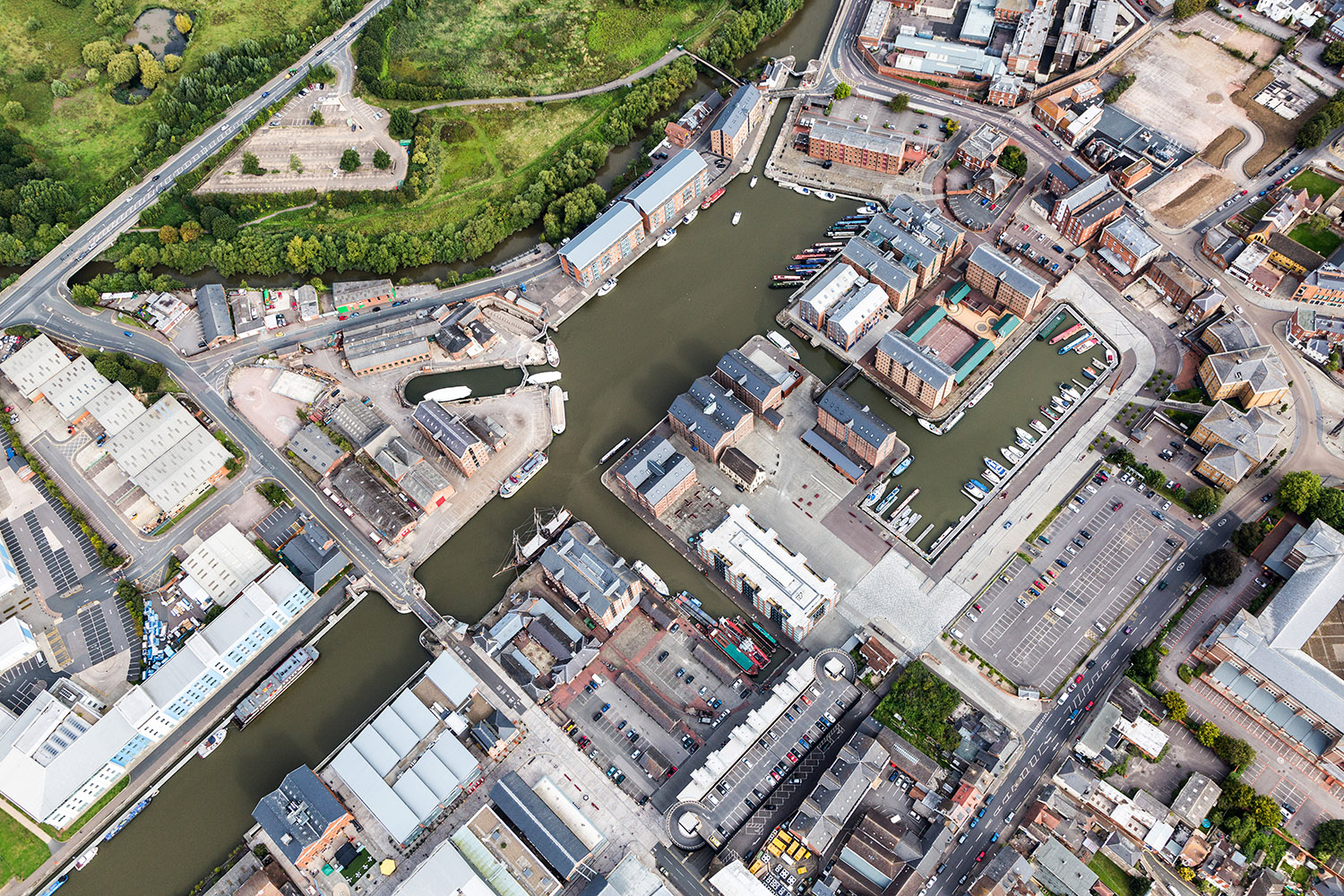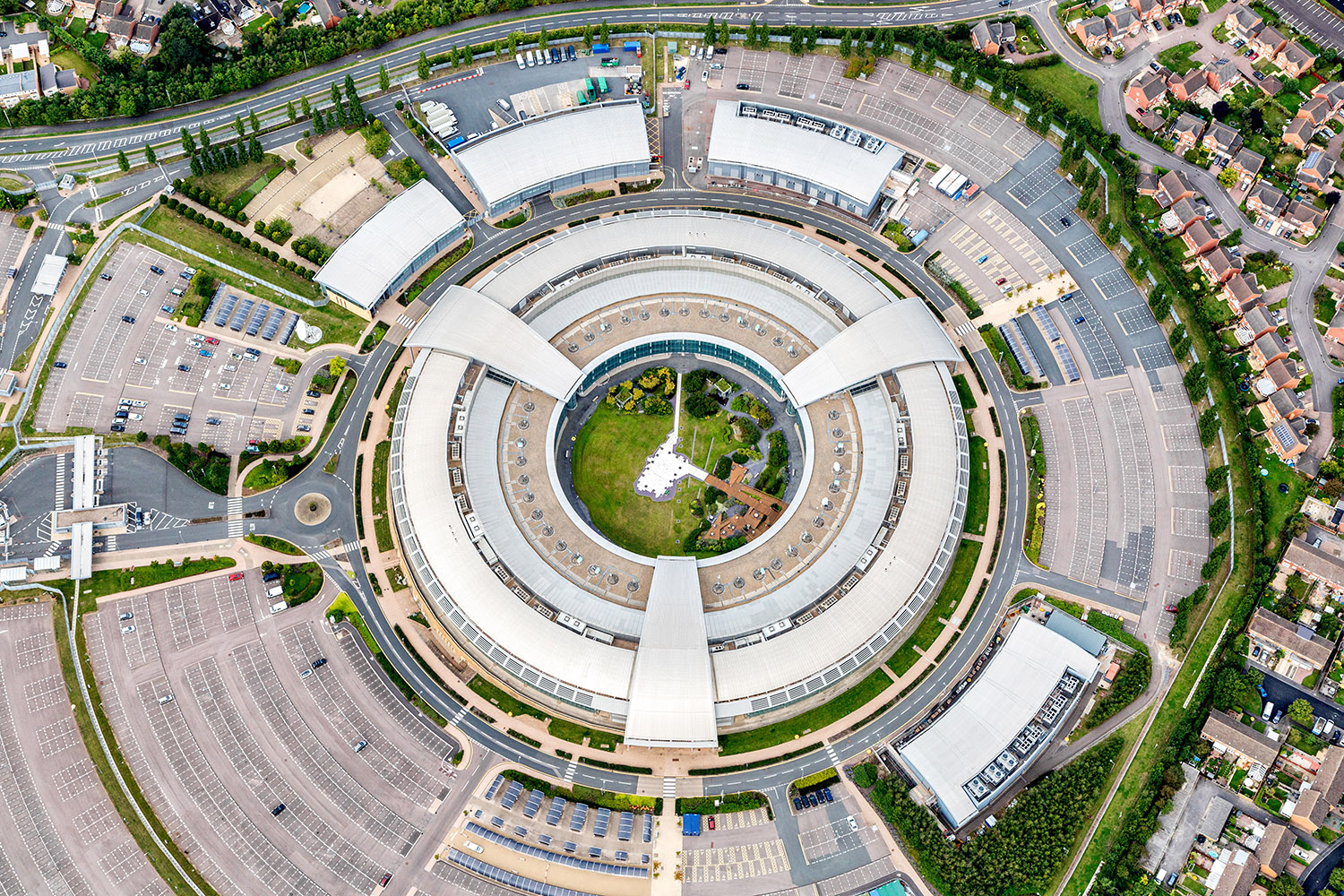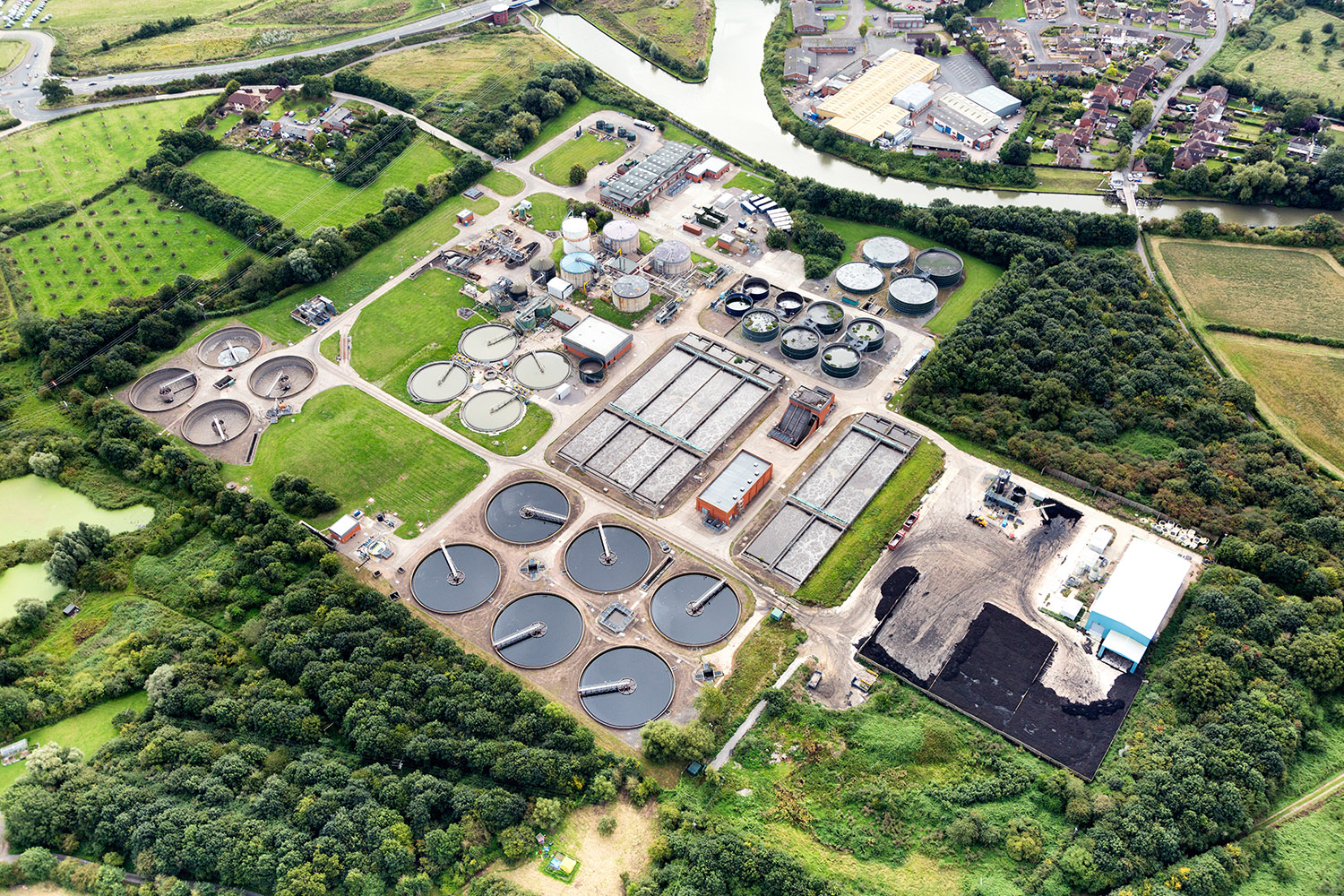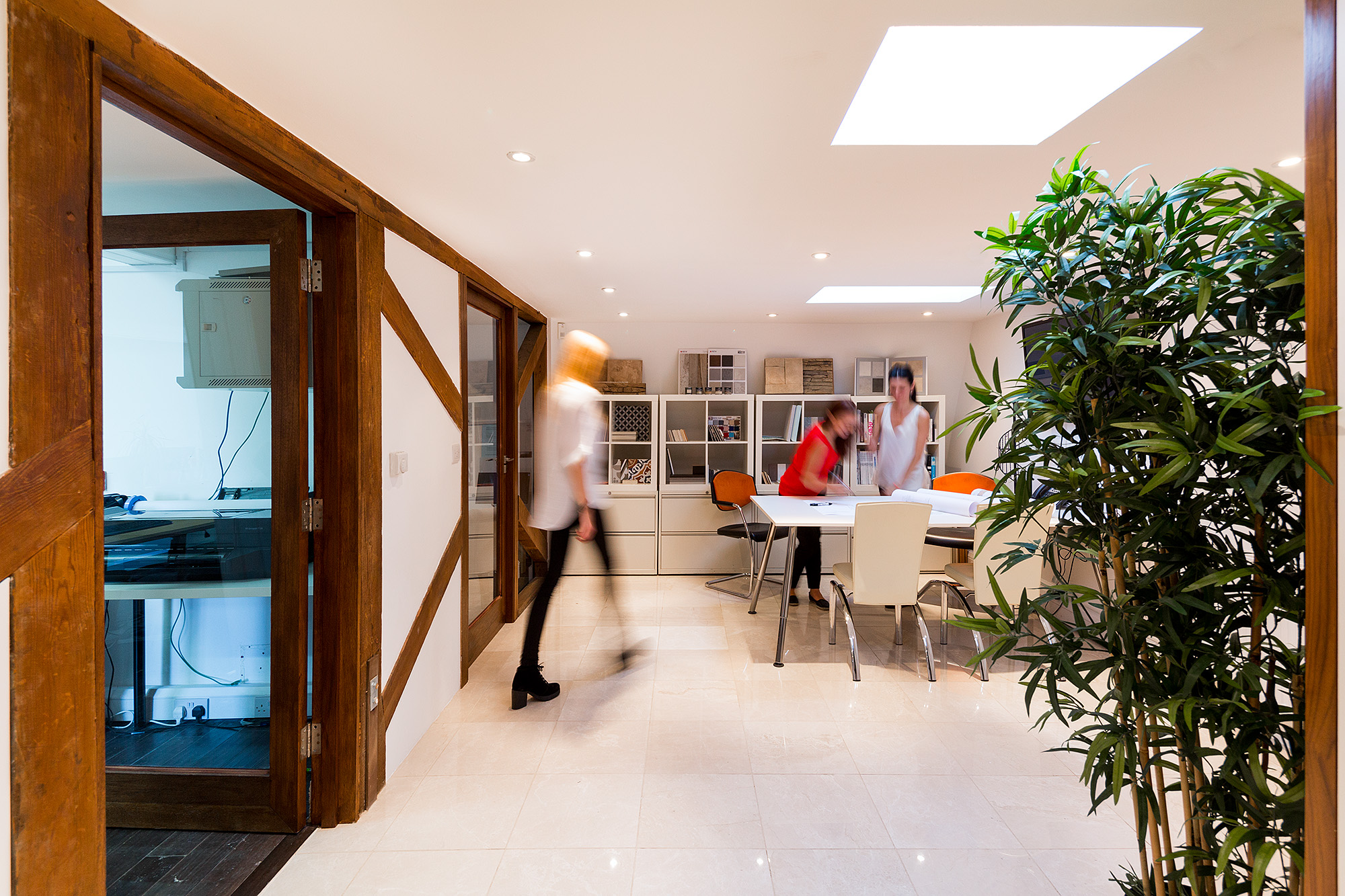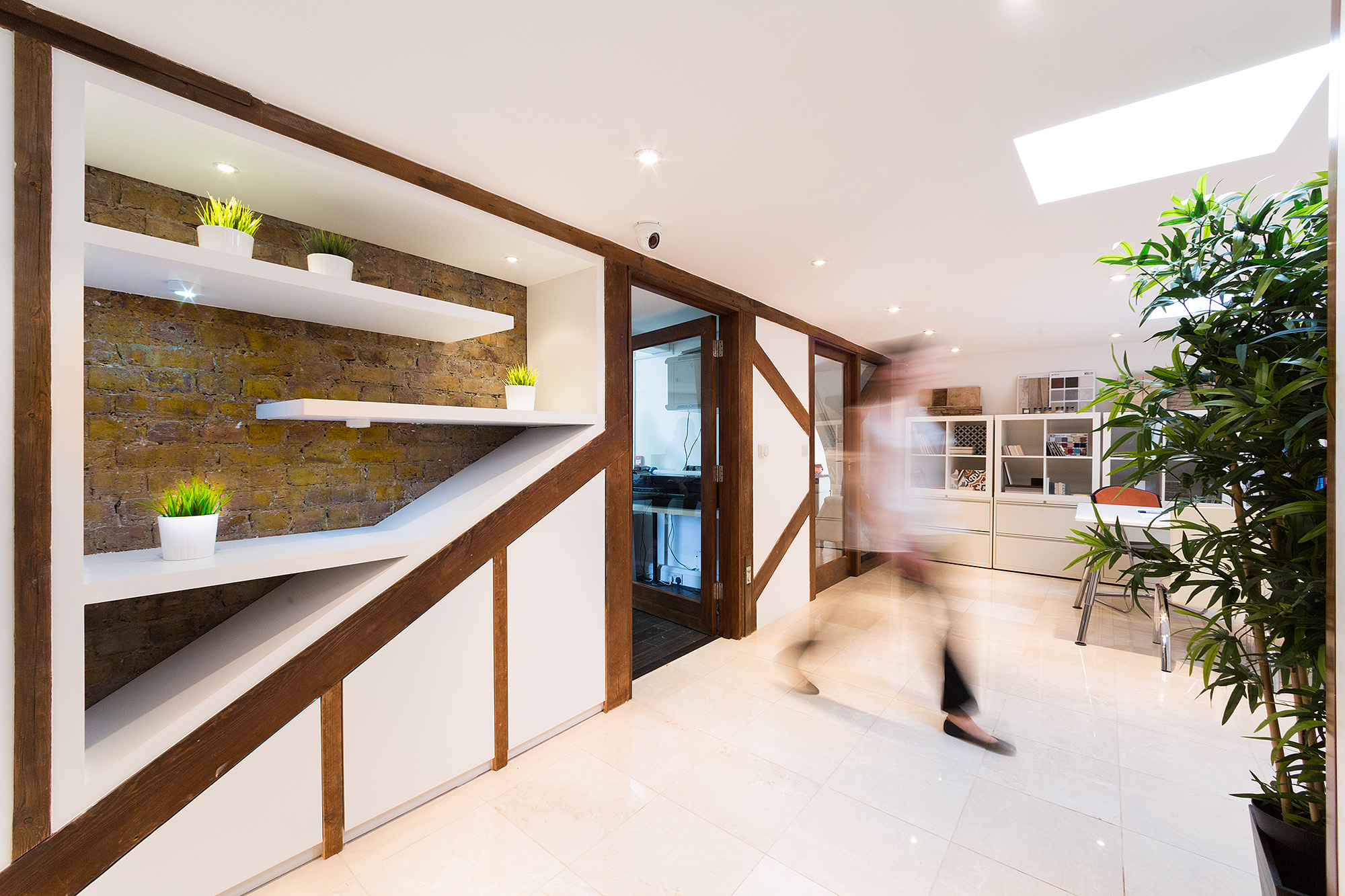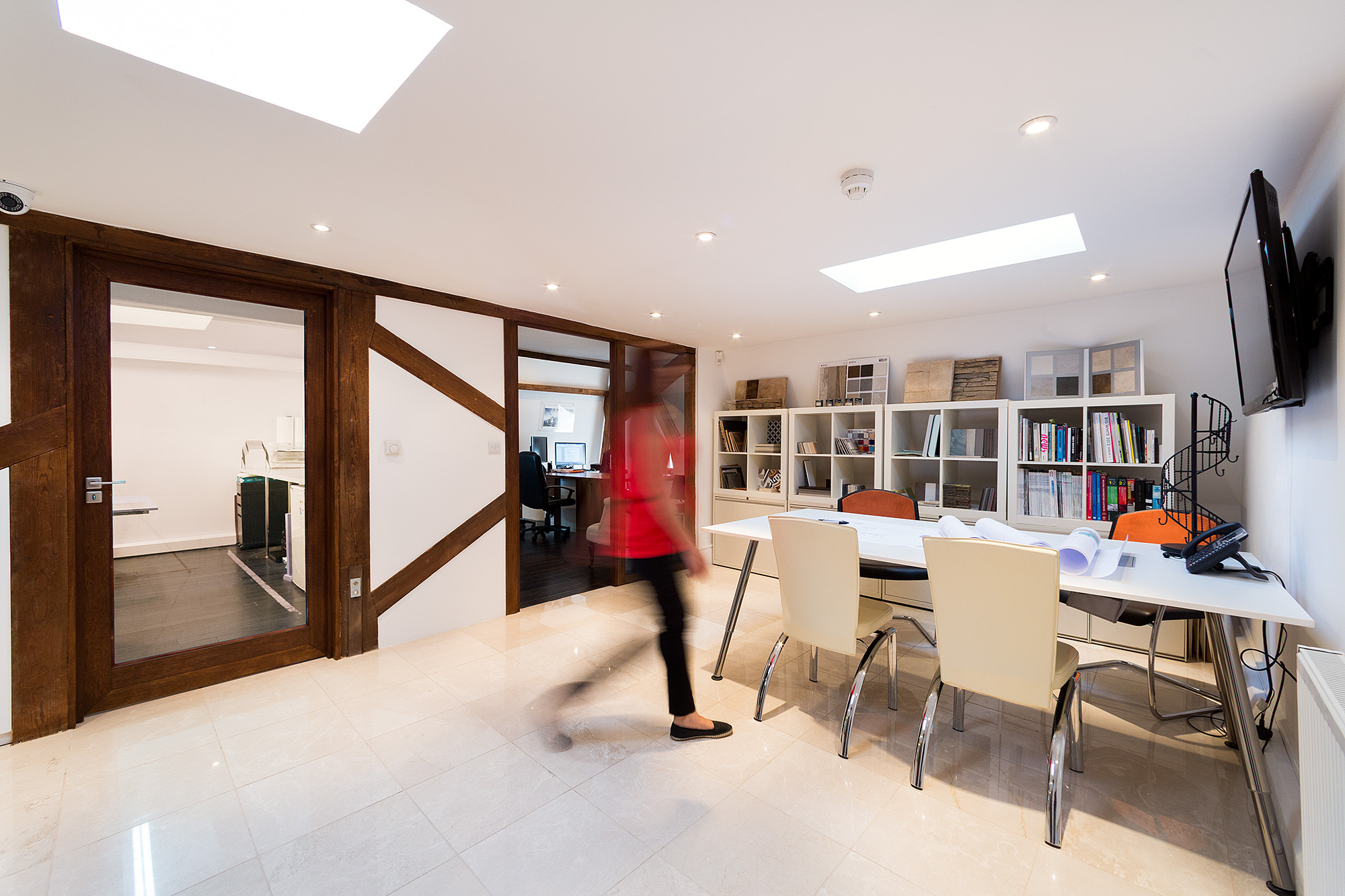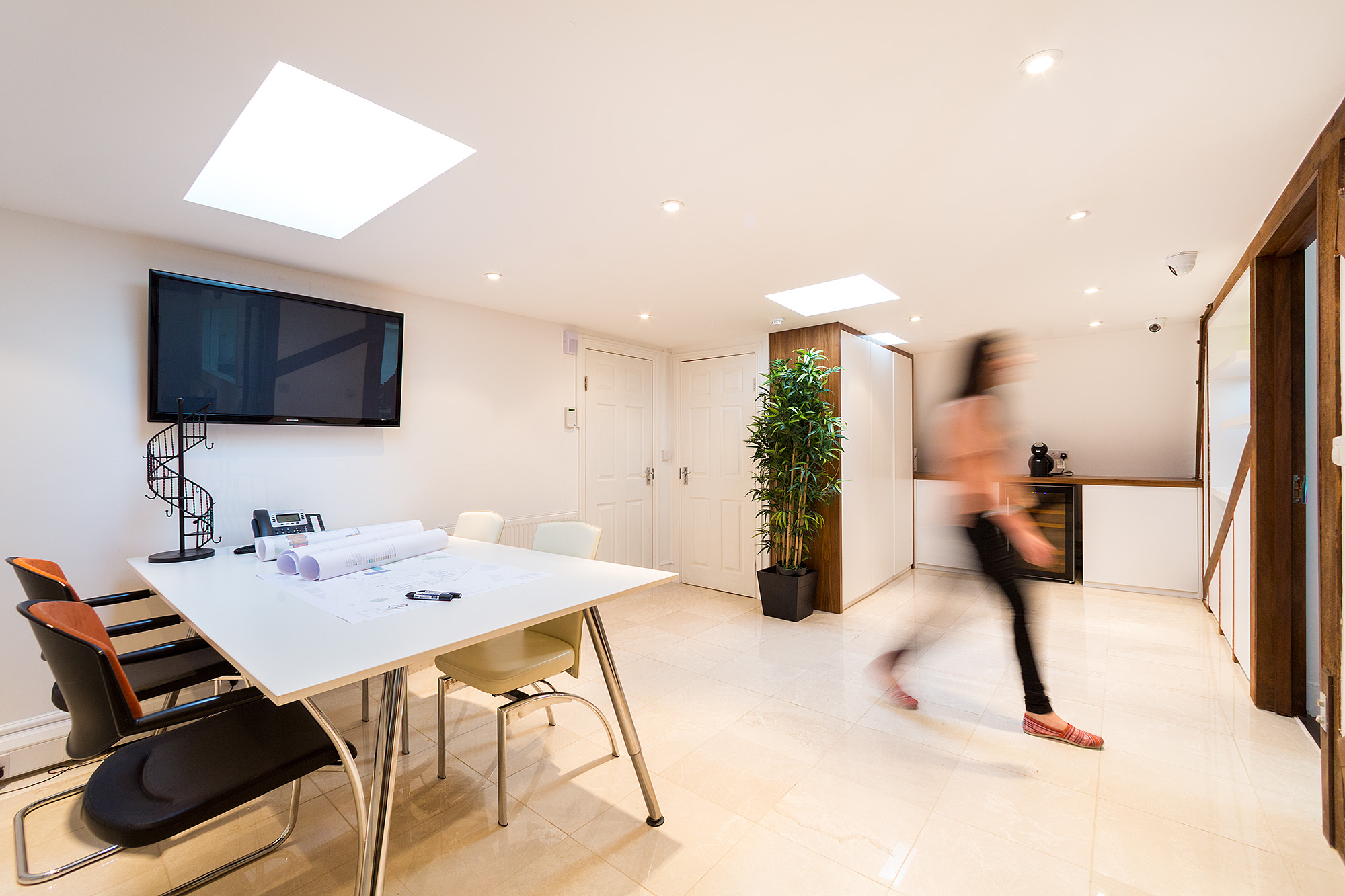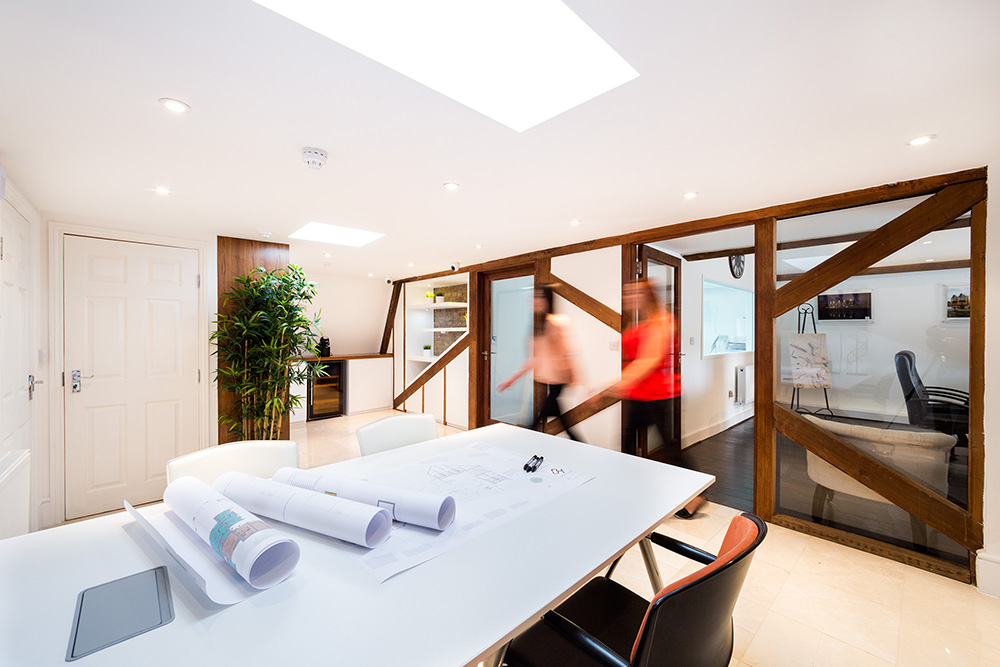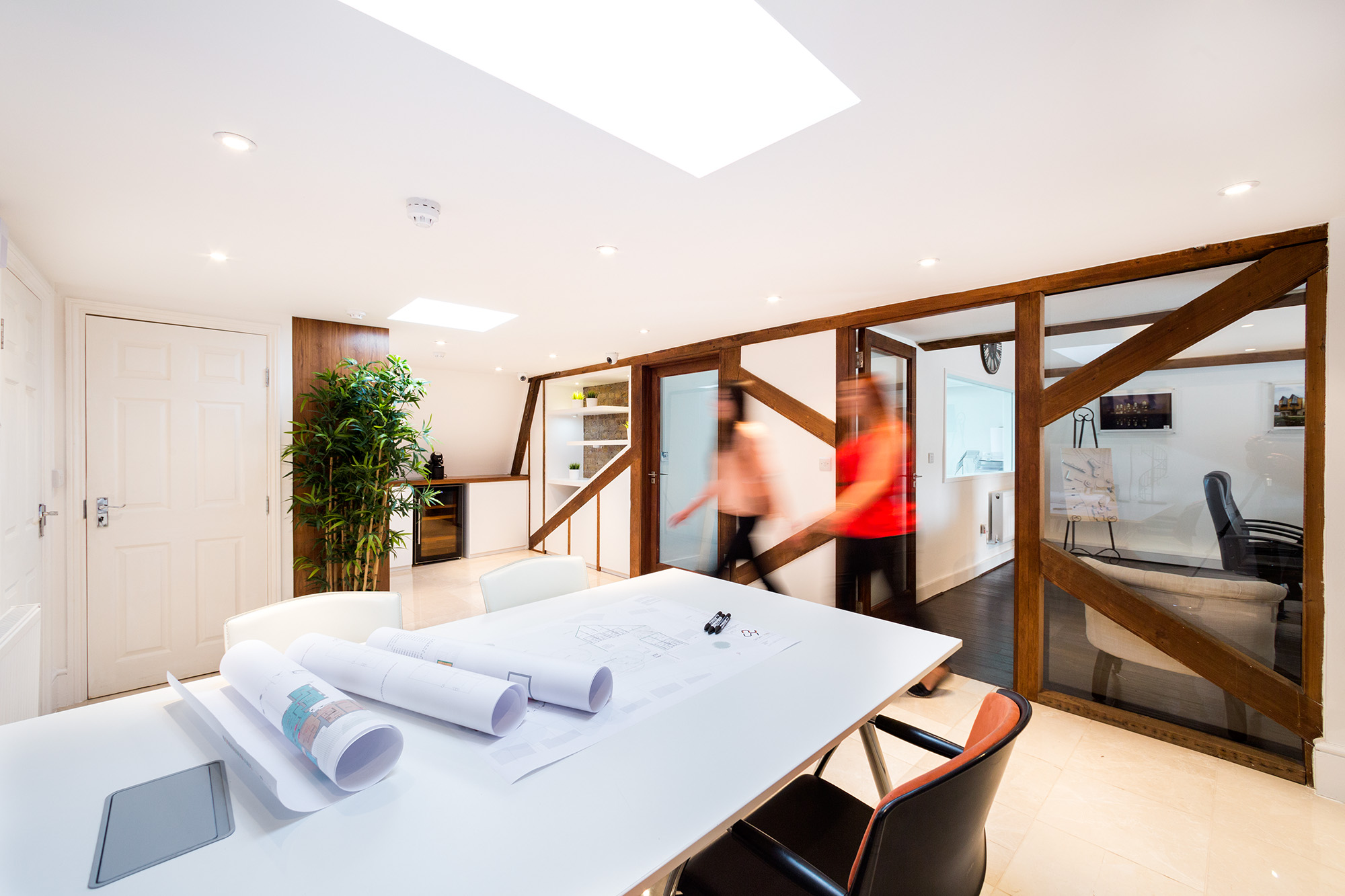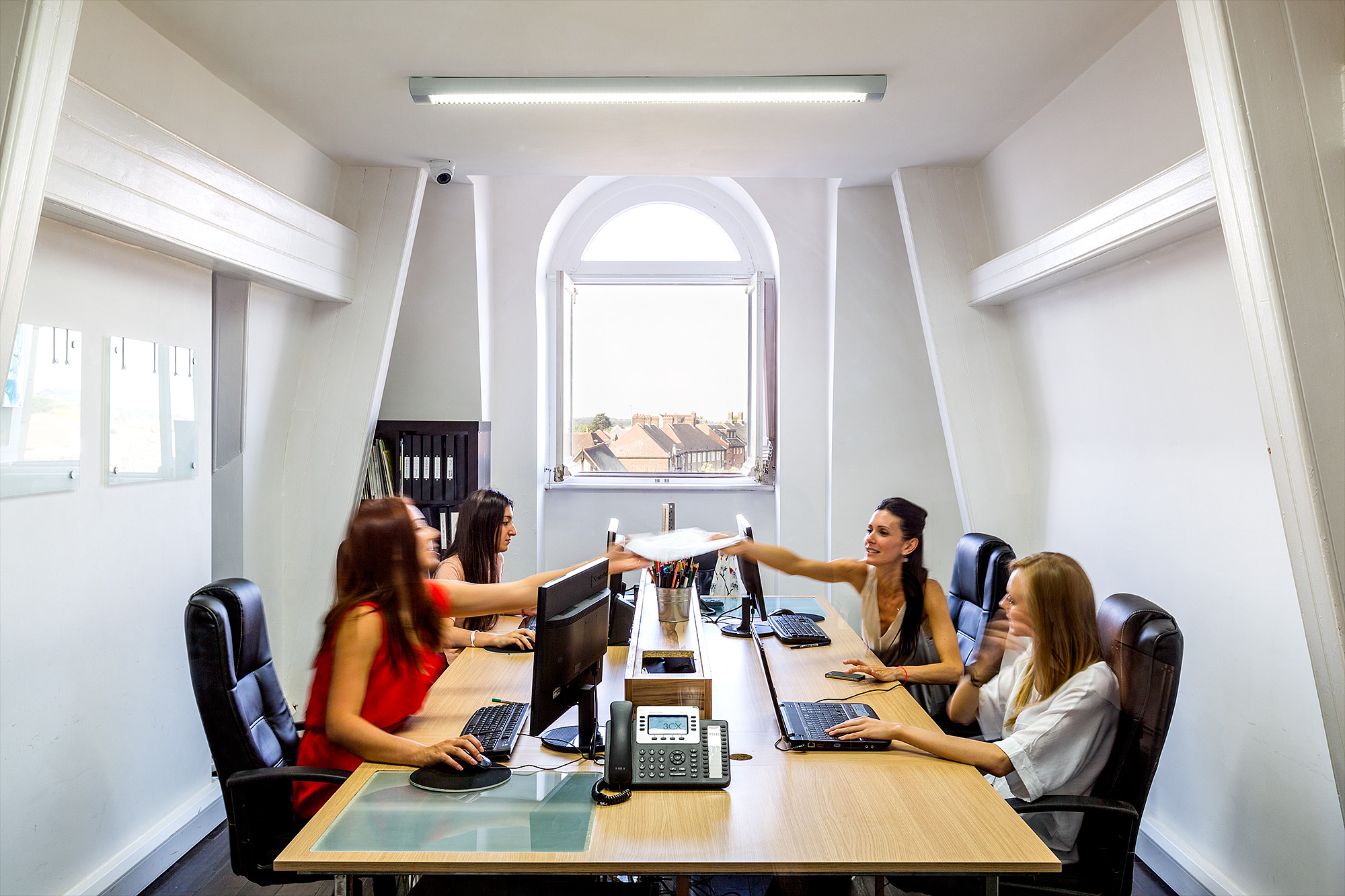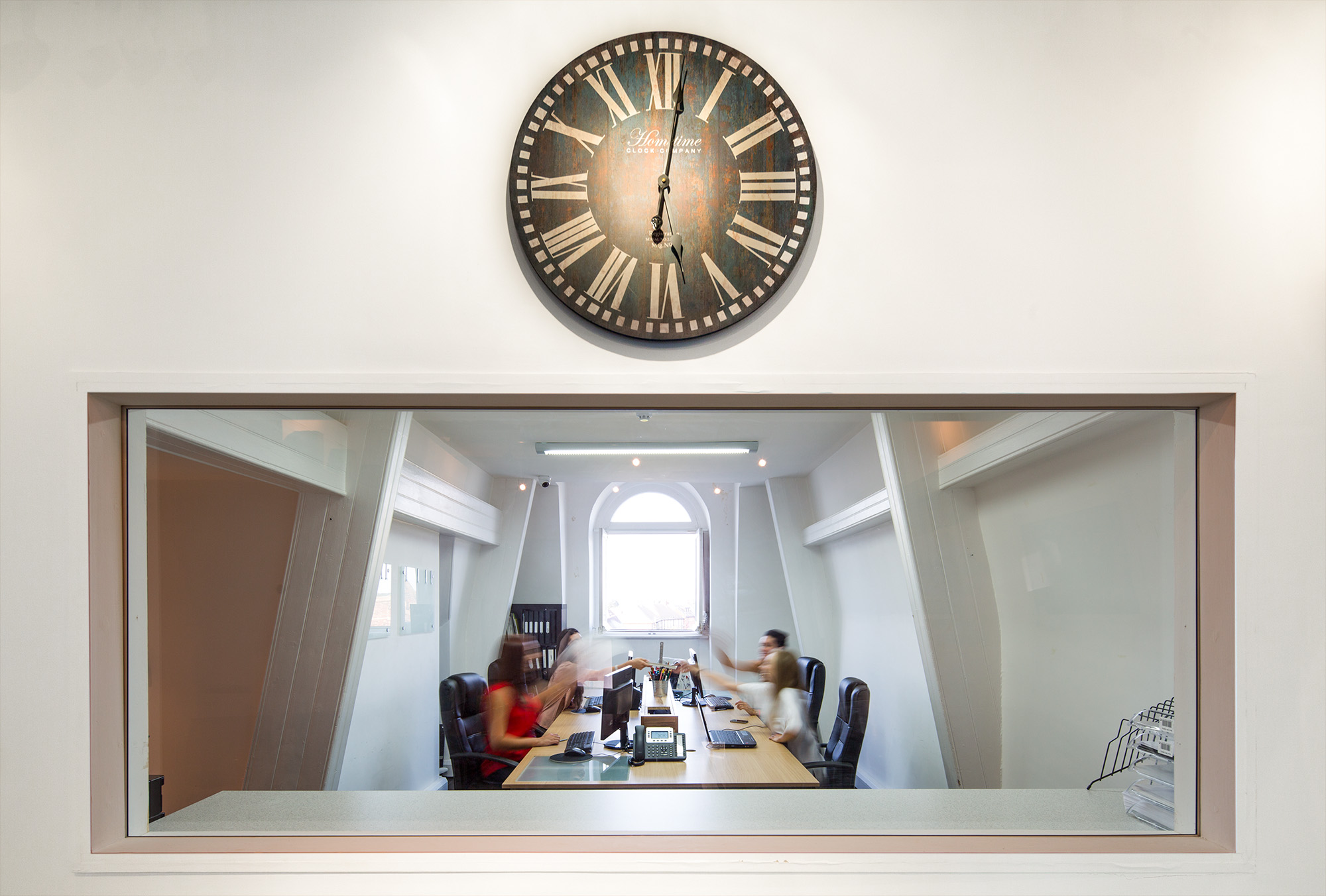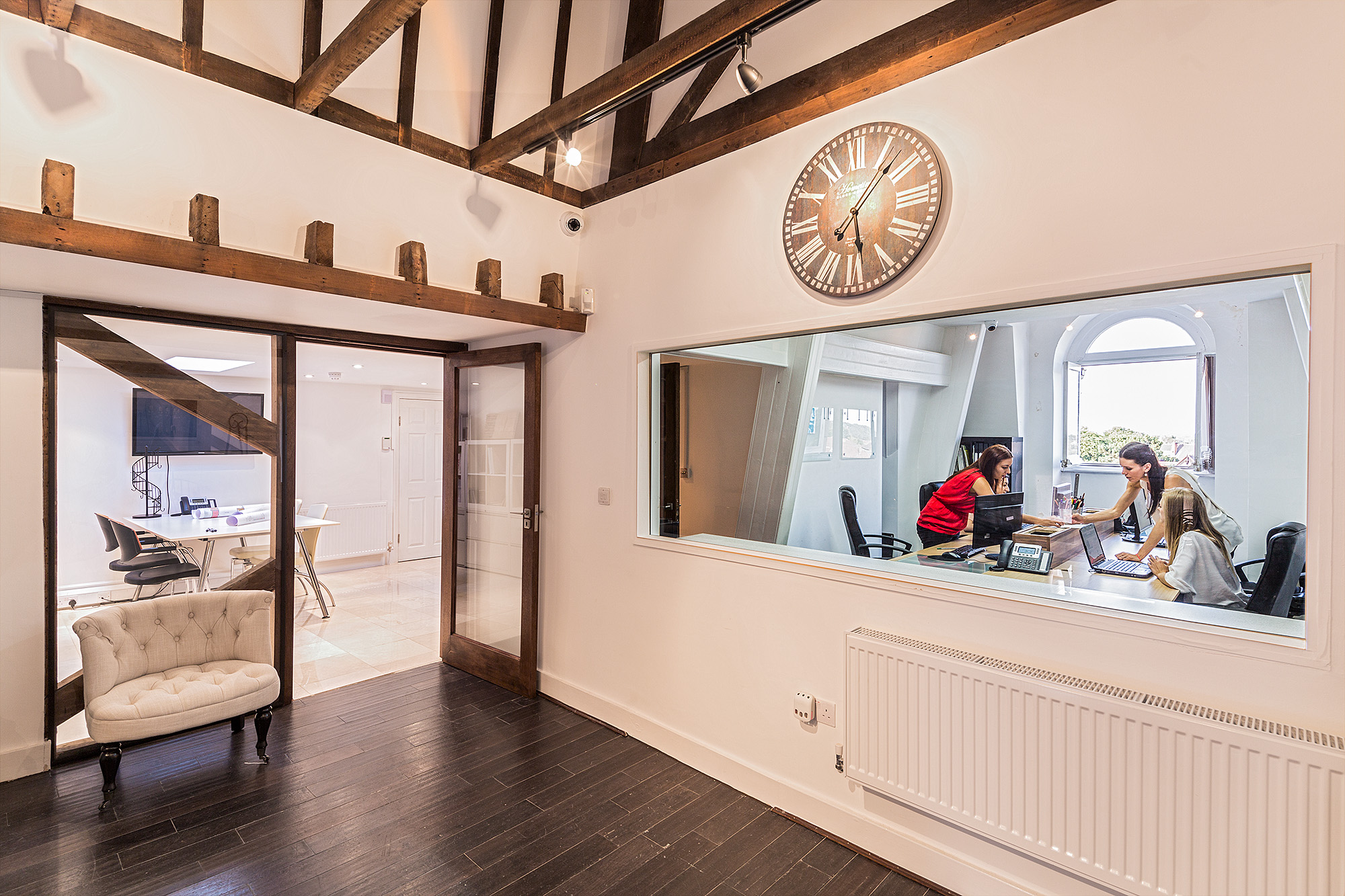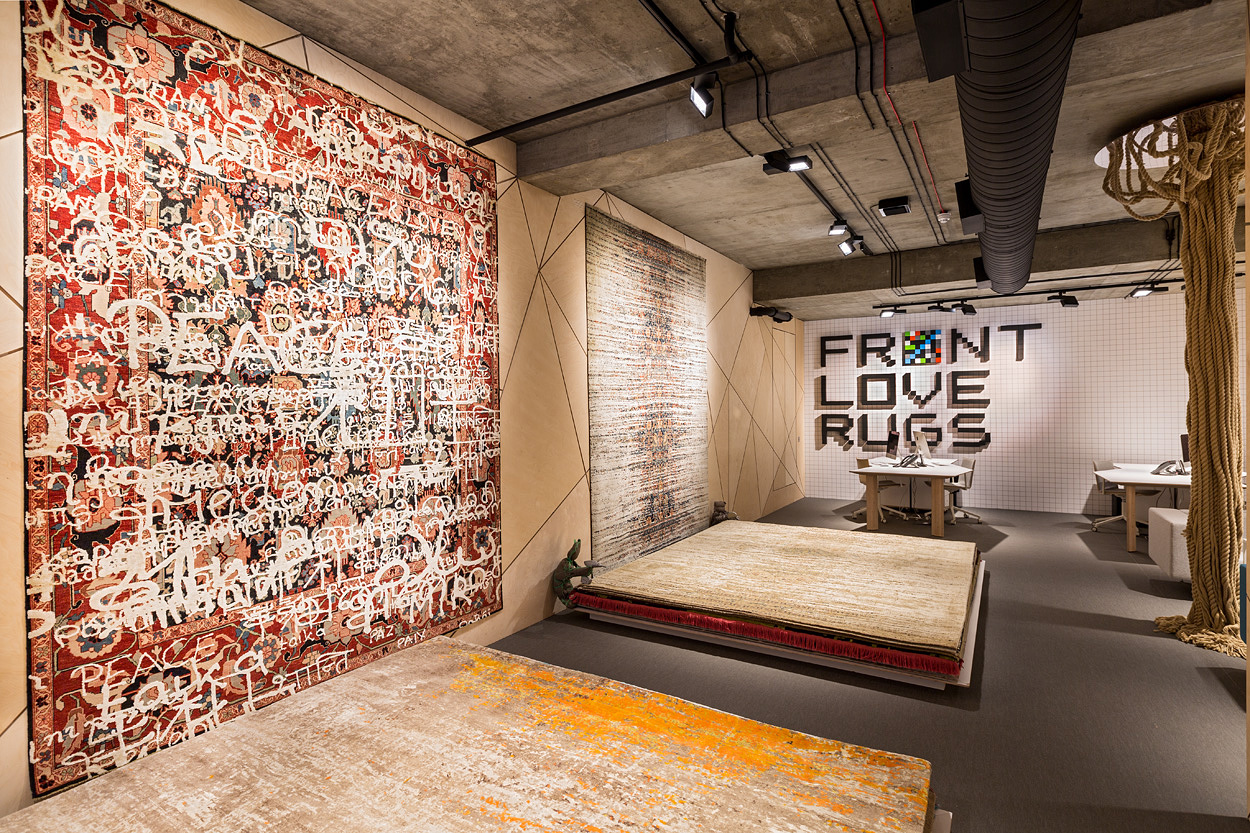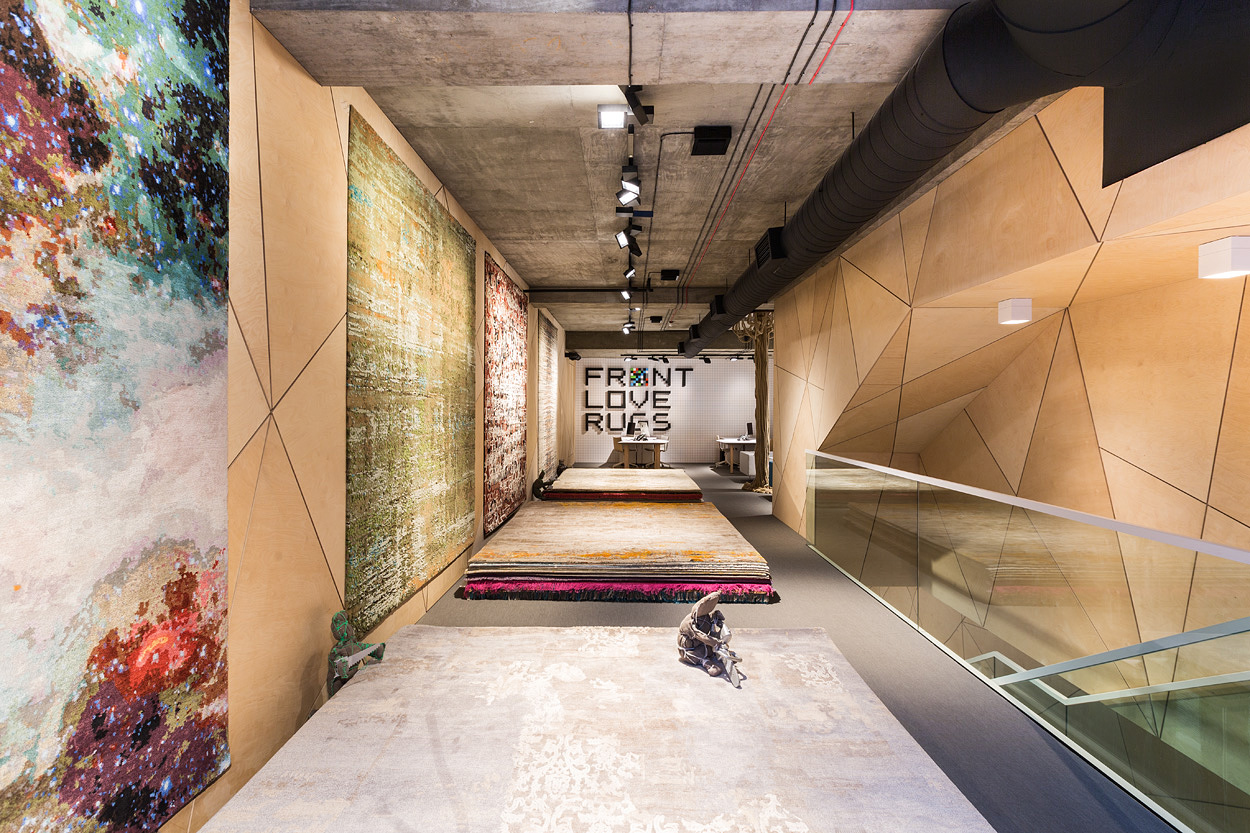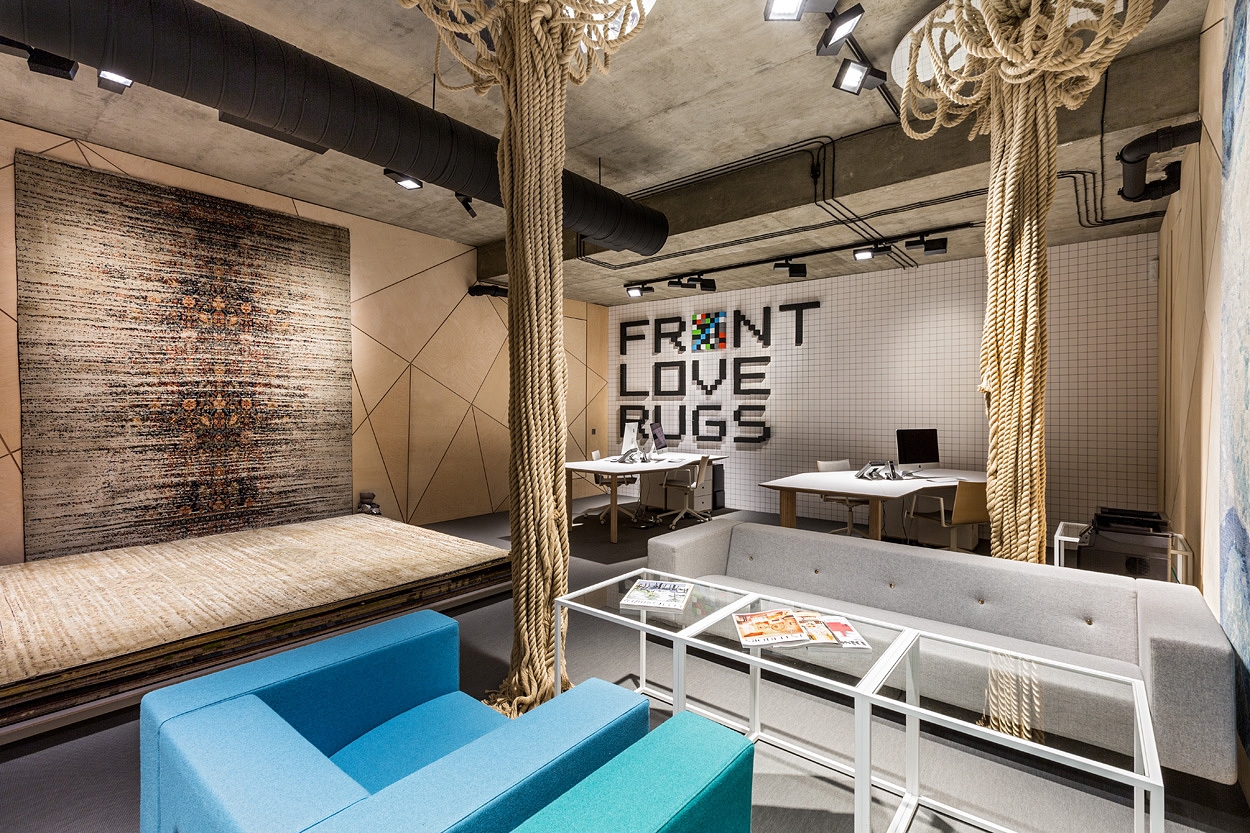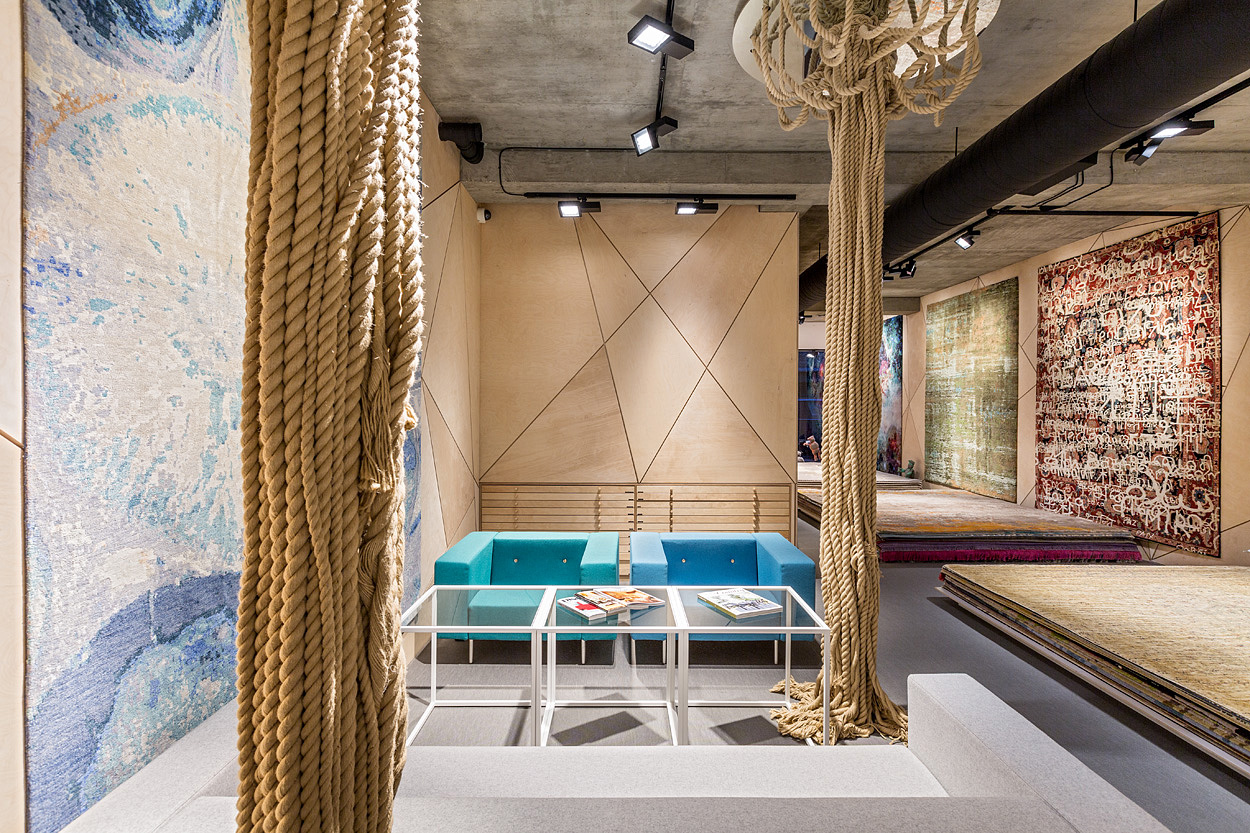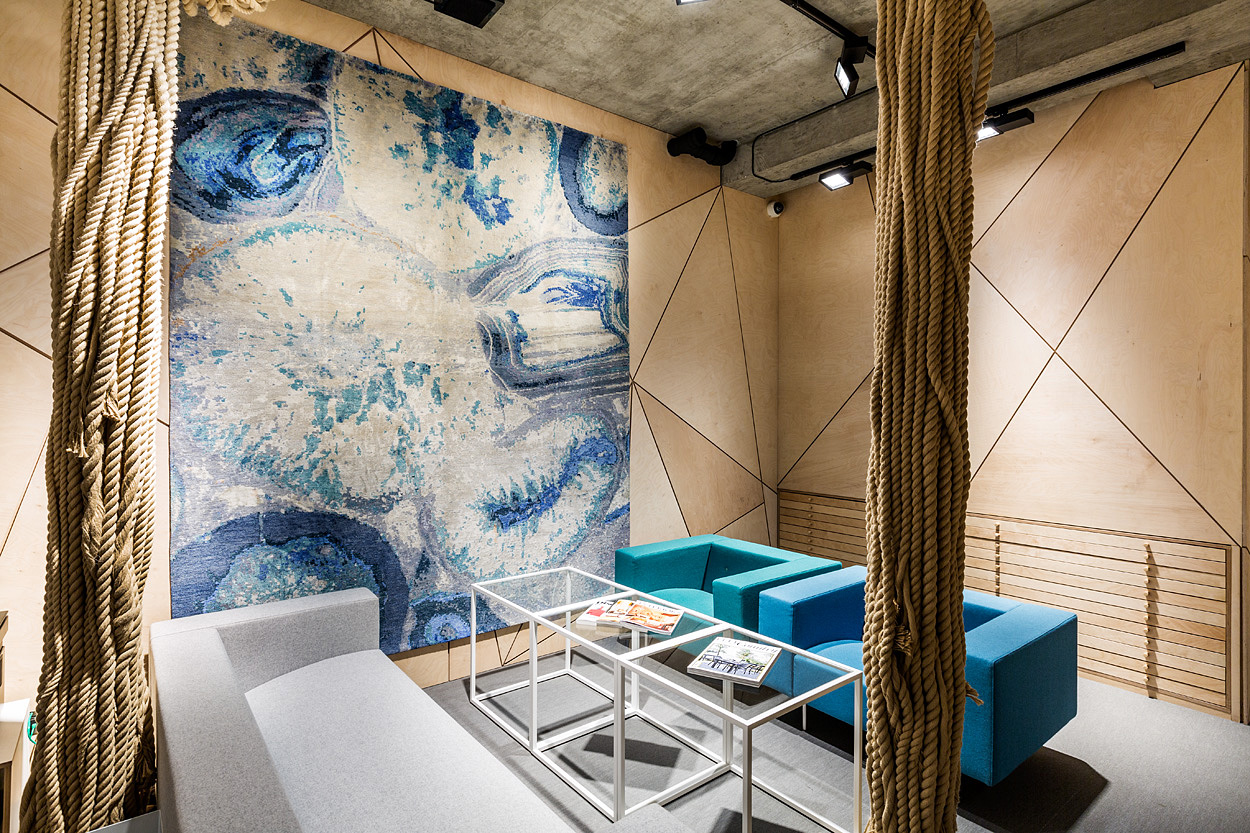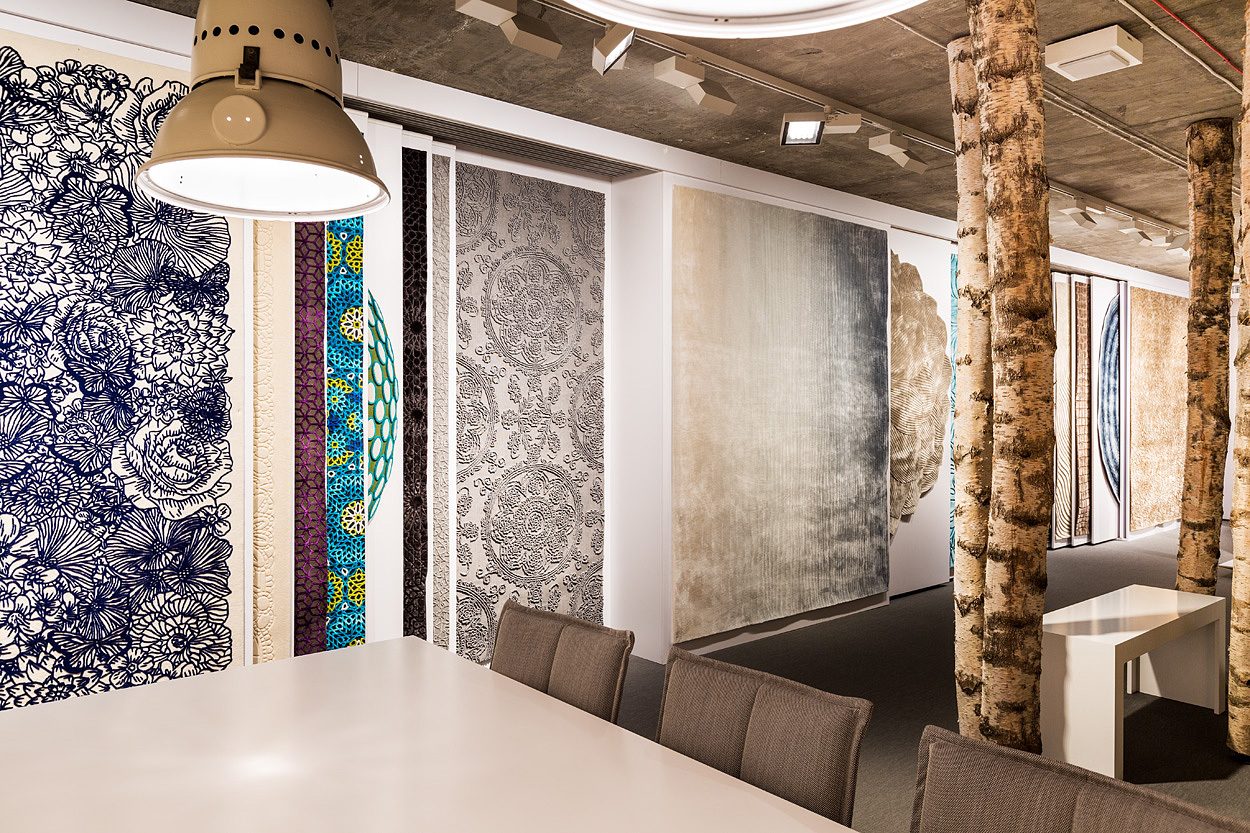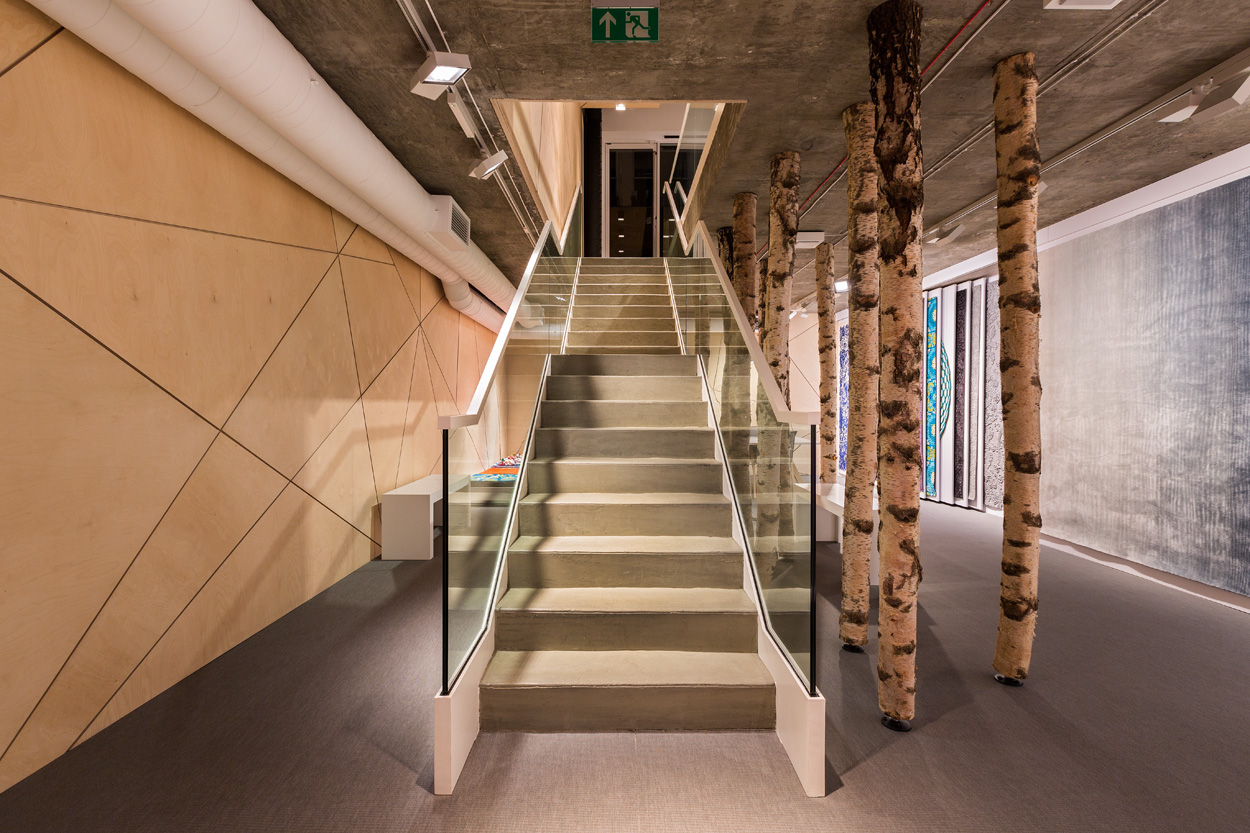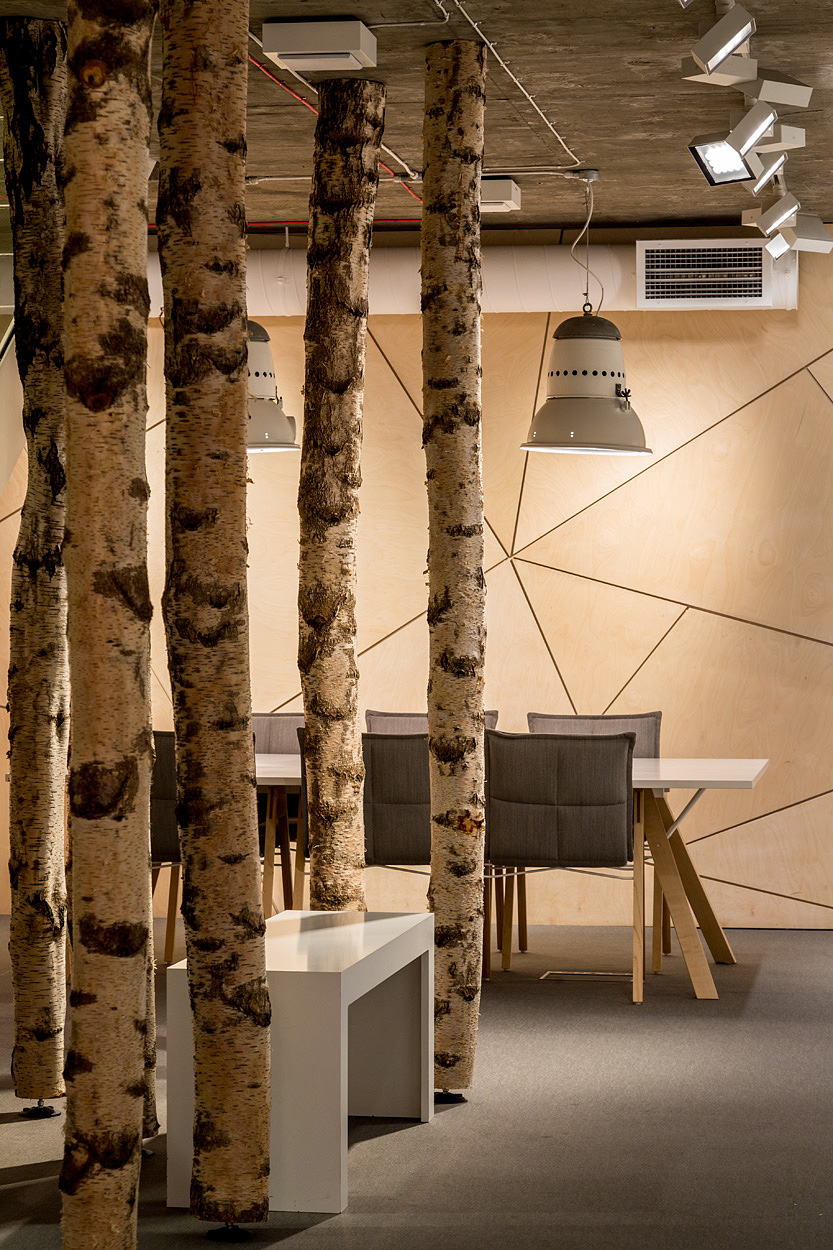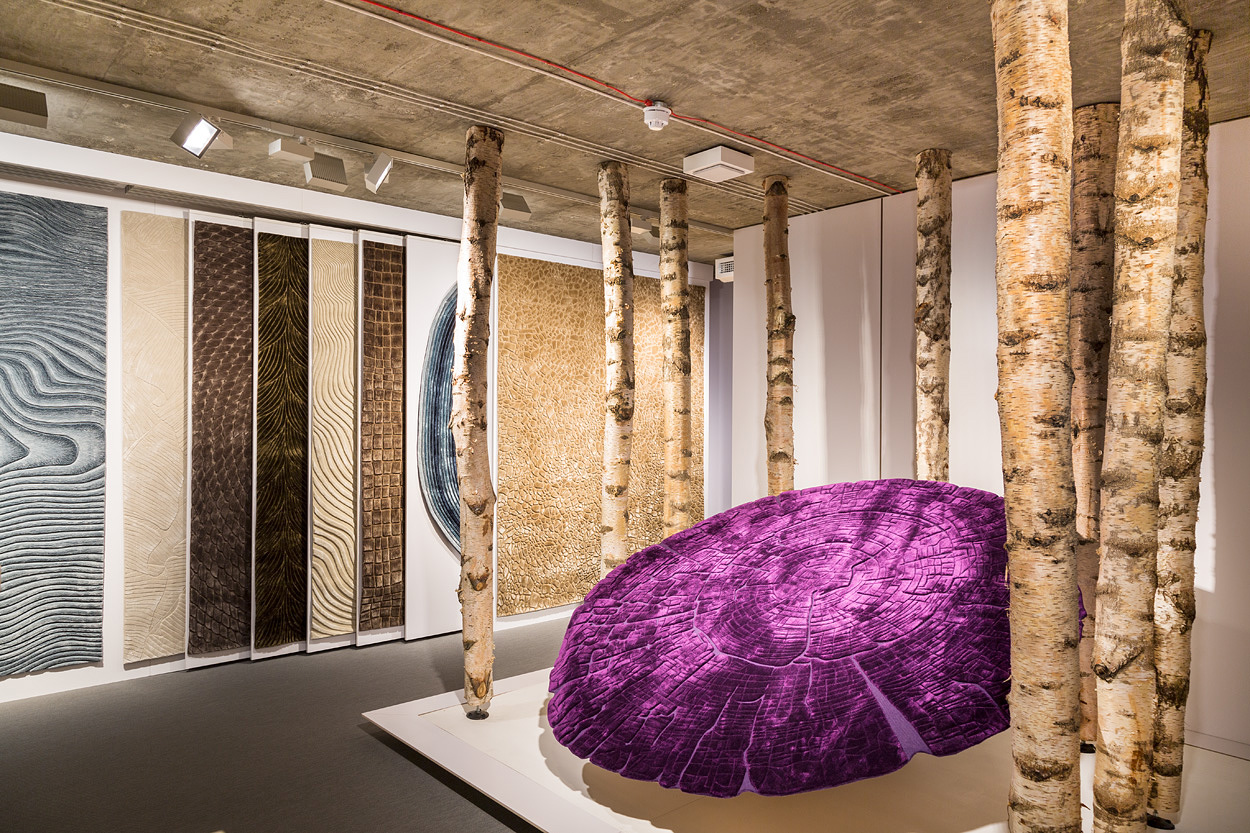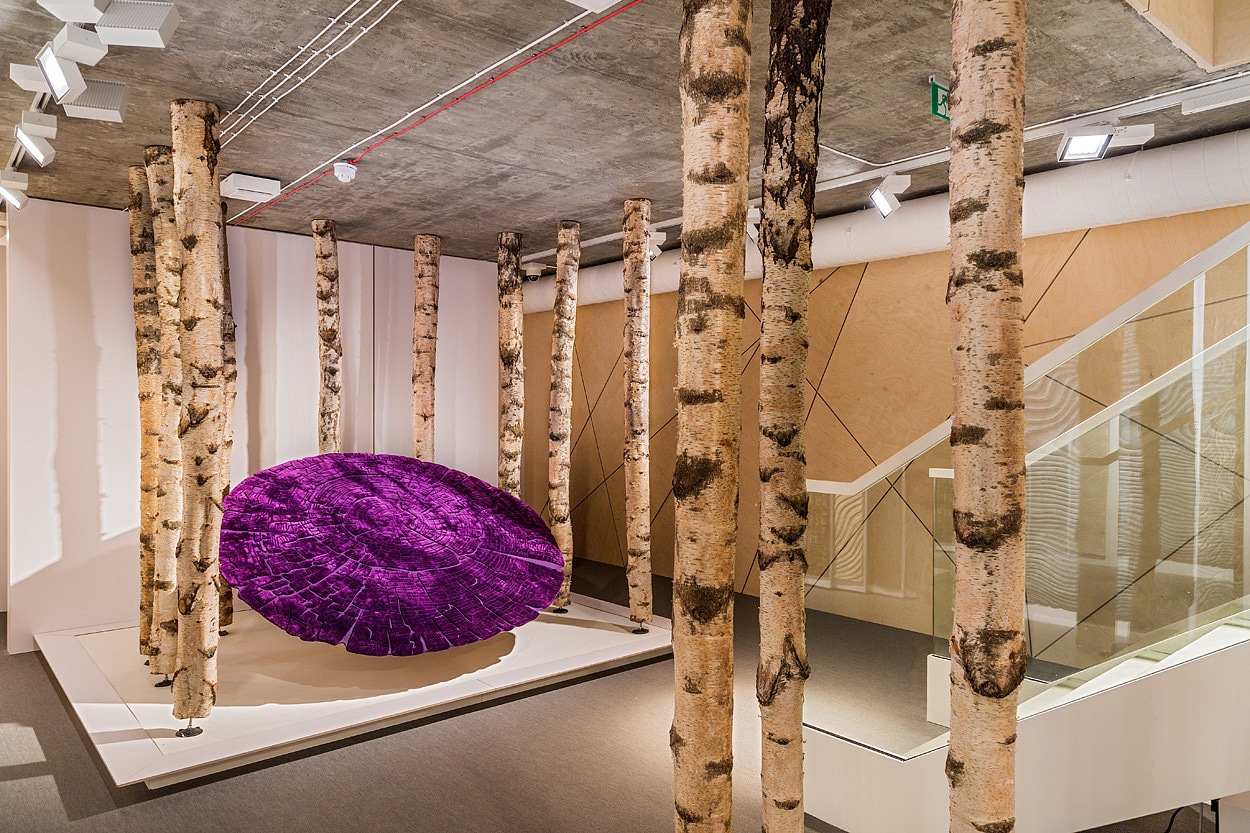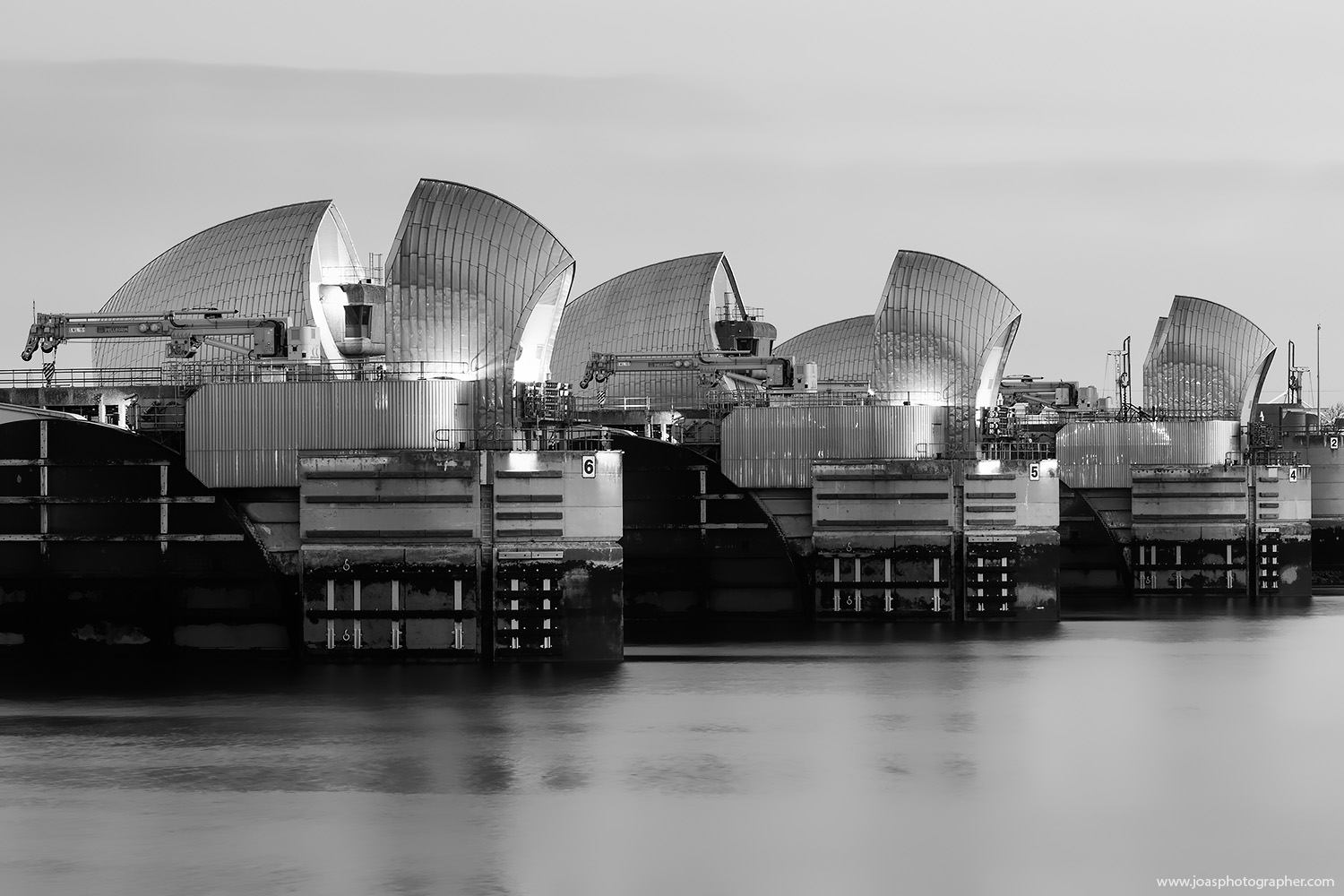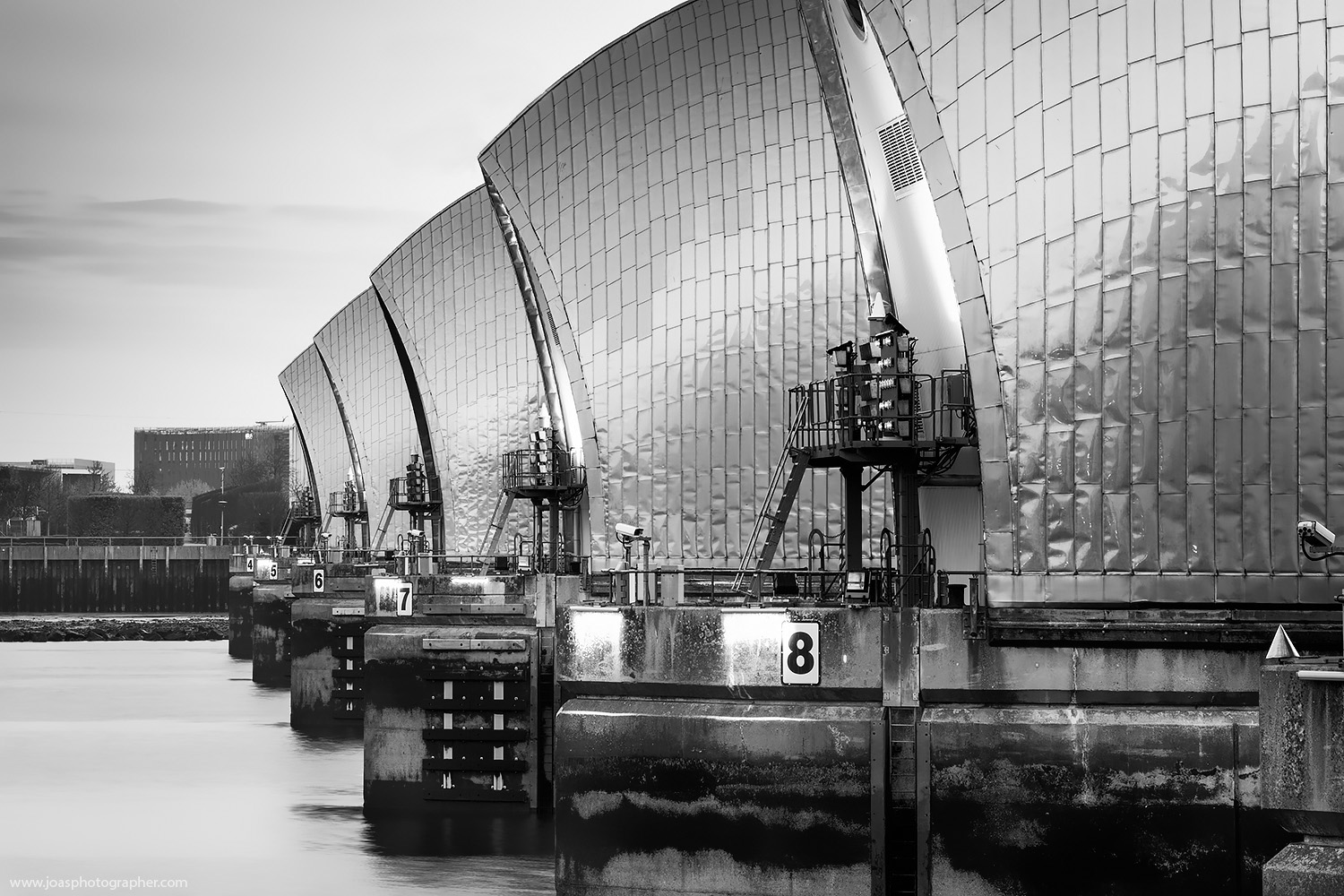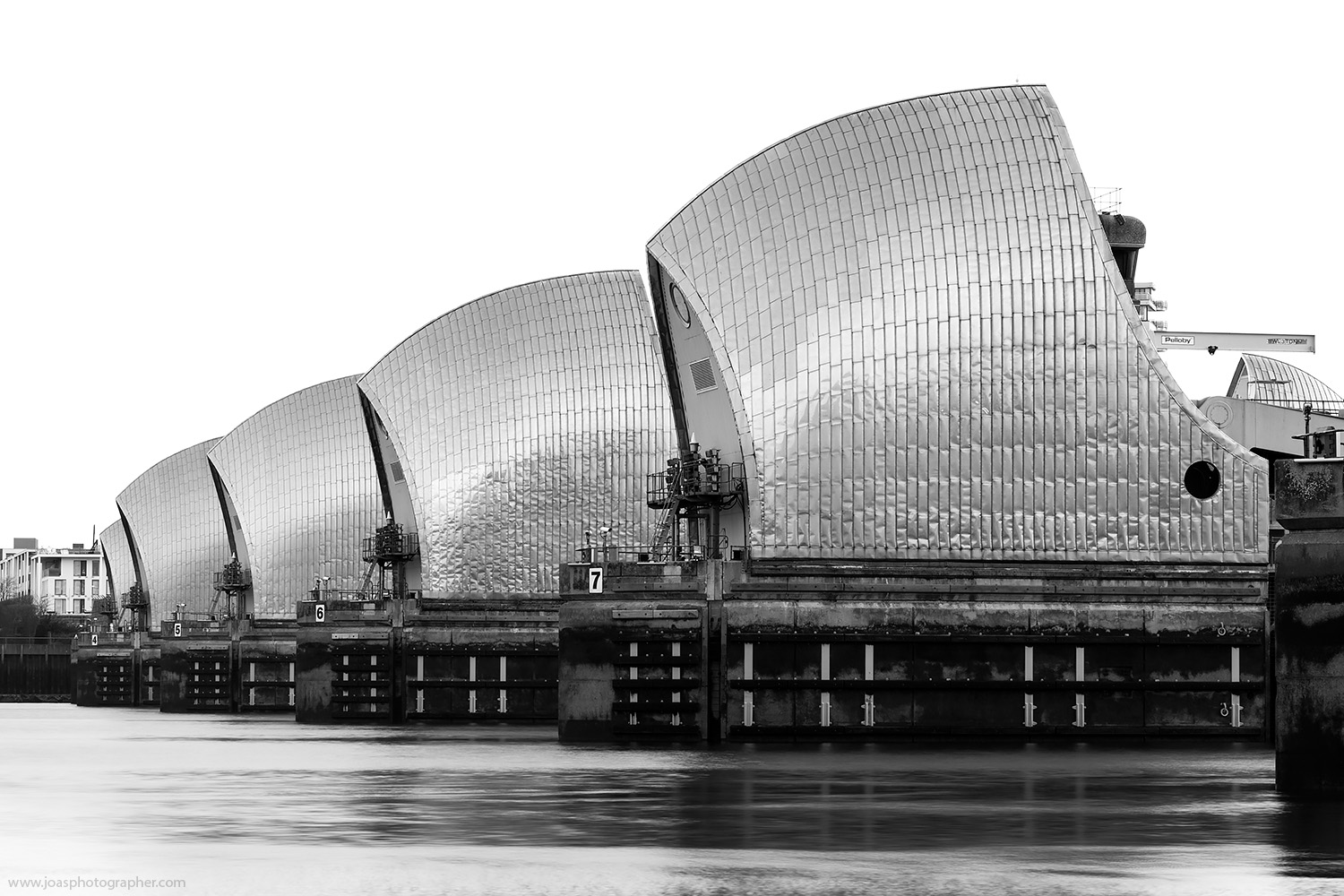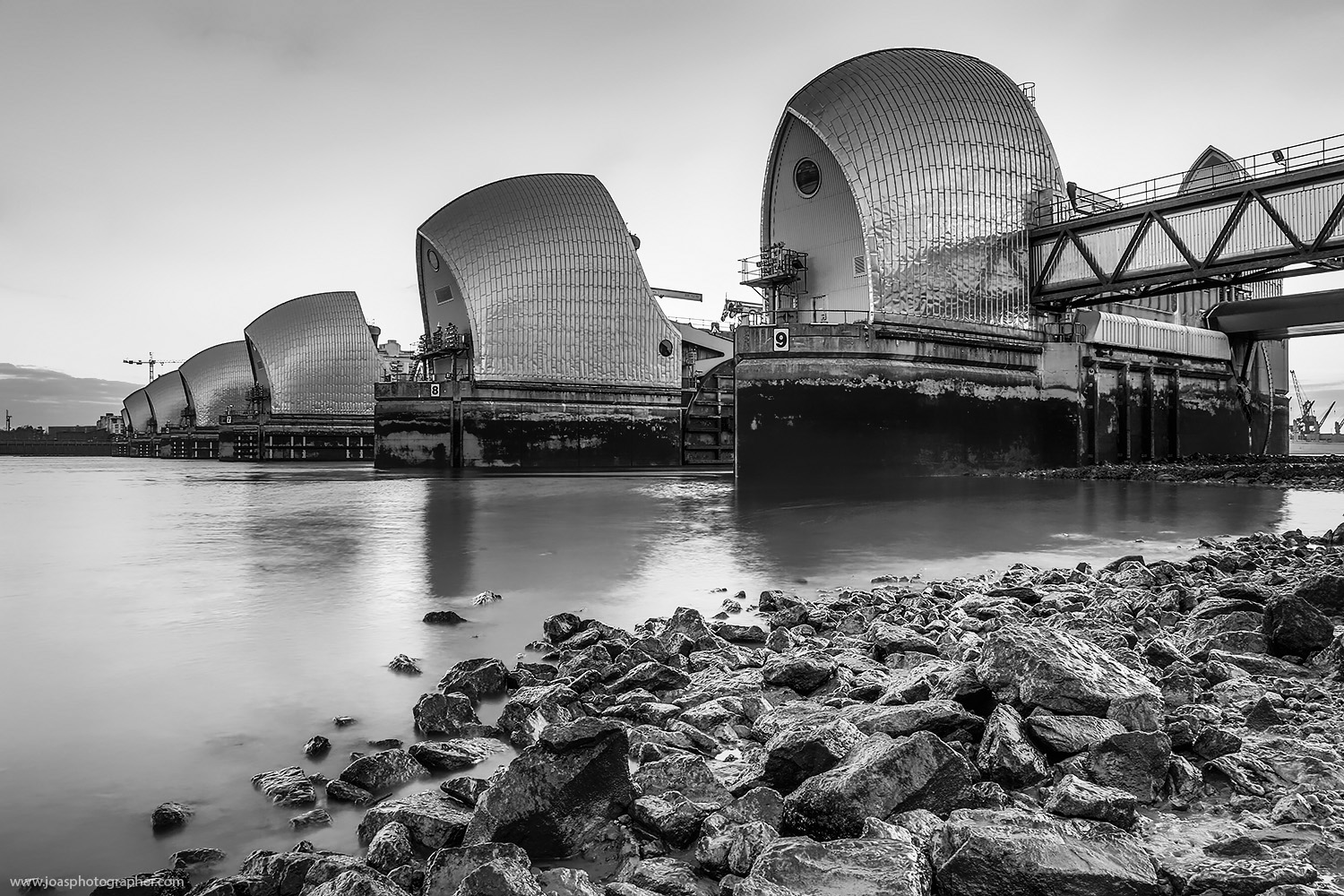Brutalism is an architectural movement that has always fascinated me, especially once I moved to the UK where I had the opportunity to personally contemplate a variety of buildings resulting from this movement. I have always had a strong desire to photograph “béton brut” projects, given the monochrome colours and the prolific use of geometric shapes. Unfortunately, there is almost no demand from my typical client base of architects and property investors for photographs of such projects. In fact, many of the projects have already been earmarked to be demolished to make space for modern architecture. Given these facts, I decided to hurry and turn this desire to portray this architectural movement into a personal project.
I chose two great iconic projects of Brutalist architecture in London, the Barbican Estate by Chamberlin, Powell and Bon and the Balfron Tower + Carradale House complex by Ernő Goldfinger. When portraying the Barbican, my eye searched for the details, the structure, rather than attempting to photograph the estate as a whole. The absence of colour sharpens my eyes to capture even more, the design, the texture of the raw concrete, the graphism created by not only by the design itself but for the curious shadows that such design creates once it is reached by the sun light, changing the landscape at all times. My first series, about the Barbican Estate, was completed recently. Here you can see a selection of 40 carefully selected images that illustrate, in all its splendour, the most beautiful part of this movement. My Balfron Tower + Carradale House photo series is underway and will be completed very soon.



